350 Top Q&A Questions to Expect for Any Presentations (Save Them Now!)
Zhun Yee Chew
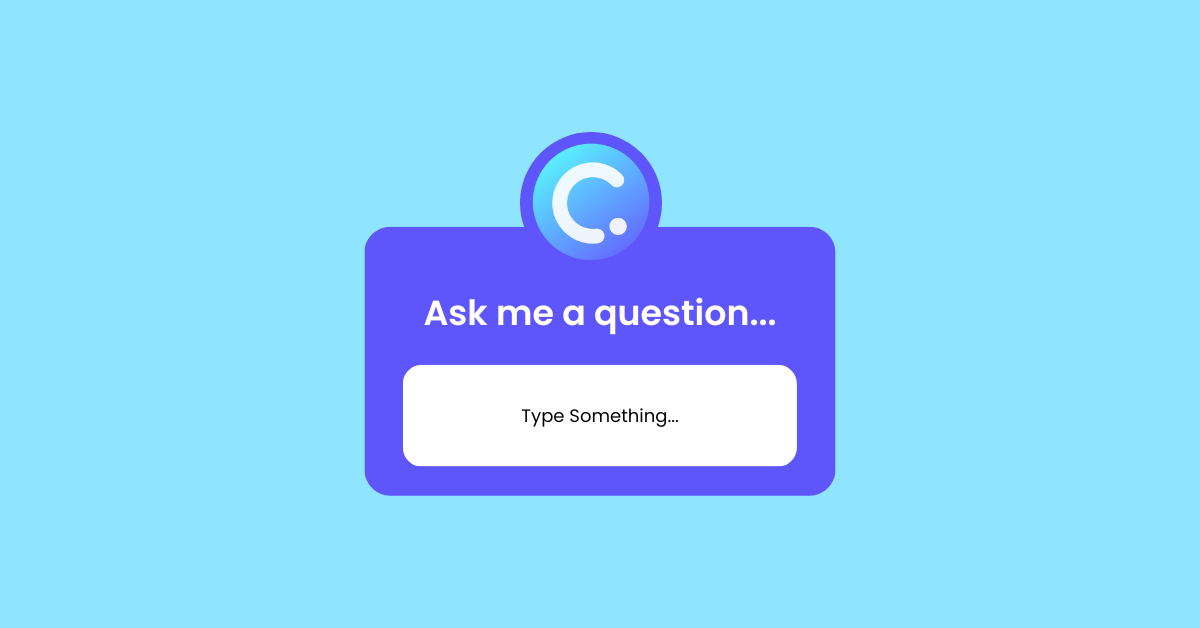
Preparing the slide content is nothing compared to dealing with daunting questions during the Q&A session of a presentation. Sometimes, if we are not lucky, we will face a tough crowd with even tougher questions that may leave us feeling challenged on the spot. And none of us likes the awkward moment of not being able to provide a satisfactory response to the audience.
Answering Q&A questions is a skill that everyone can master with the right resources and the right amount of preparation. You’ve searched, and we have them for you.
In this article, you will find more than 300 Q&A questions that are most commonly asked in a wide range of presentation occasions. Save them so you can be ready for even the most unexpected questions in your upcoming presentations!

What Are Q&A Questions?
Q&A questions, short for “Questions and Answers”, are inquiries posed by an audience or participants to the speaker or presenter during the Q&A session of a presentation . This Q&A segment typically follows a presentation, a talk or a lecture, providing the opportunities for the audience to seek clarification, ask additional information, or understand the speaker’s perspectives.
The whole point of Q&A sessions is to make the presentation more interactive and foster engagement . It’s a chance for the audience to pick the speaker’s brain and get a better understanding of the subject.
What Are the Different Types of Presentations?

Business Presentations:
- Sales pitches
- Quarterly or annual reports
- Performance reviews
- Project proposals/updates
- All-hands presentations
Academic Presentations:
- Lesson presentations
- Conference/research presentations
- Classroom quiz games
Training Sessions:
- Employee training
- Onboarding sessions
- Skills development workshops
Public Speaking:
- Motivational speeches
- Commencement addresses
Informative Presentations:
- How-to presentations
- Demonstrations
- Informational sessions
Social Events:
- Celebration speeches
- Team-building activities
- PowerPoint nights
- Presentation games
Technology Presentations:
- Software launches
- Product launches
Crisis Management:
- Crisis communication
- Emergency response briefings
- Contingency plans
Virtual Presentations:
- Online conferences
Different presentations involve different audience types, and the nature of questions posed can vary significantly based on presentation formats and occasions. However, the core of a successful and engaging presentation remains constant – ensuring interactivity in a presentation and transforming it into a two-way street through Q&A questions and adding interactive elements or using interactive tools in your presentations.
Academic Presentation Q&A Questions
Q&a questions for lecture presentations.

- Can you provide more examples for the concept/theory you just explained?
- Are there any common misconceptions about this topic that we should be aware of?
- What are the main differences between this and [related topic]?
- Can you explain the steps involved in [specific process] in more detail?
- What are the current research trends or developments in this field?
- How does this concept connect to what we learned in the previous lesson?
- Are there any alternative approaches to solve the problems here?
- Can you recommend additional resources or readings?
- Can you provide some tips for studying this material effectively?
- Are there any real-world examples where this concept has been successfully applied?
- What are the most common mistakes students make when working on assignments for this topic?
- Can you explain the significance of this concept in the context of future careers?
- What are the ethical considerations associated with the topics we are discussing?
- Are there any current debates or controversies related to this topic?
- How does this topic connect with interdisciplinary subjects or other courses?
- Can you share examples of how this concept might be used in different industries or professions?
- Can you summarize the key takeaways of today’s presentation?
- Can you discuss any historical or cultural context that influences this topic?
- How might this information be relevant to current events or societal issues?
Q&A Questions for Academic Conference Presentations

- How did you decide on the research question or topic for your study?
- How did you select your sample or participants, and how representative is it of the broader population?
- Can you explain the methodology you used in your research and why you chose that approach?
- What are the main findings or key results of your study?
- How do your findings contribute to the existing body of knowledge in your field?
- Can you discuss any limitations or challenges you encountered during your research?
- What implications do your findings have for practitioners in the field?
- Can you elaborate on the theoretical framework that guided your study?
- What ethical considerations did you address in your research, and how were they managed?
- How did you validate the reliability and validity of your research instruments or methods?
- How did you address potential biases or confounding variables in your research?
- How do your findings compare to previous research on the same or similar topics?
- Can you discuss any unexpected or surprising results that you discovered during your study?
- How did you handle data analysis, and what statistical methods were employed in your study?
- What alternative explanations or interpretations of your data did you consider?
- How does your research contribute to addressing specific gaps in current knowledge?
- How did you control for potential confounding variables in your research design?
- What recommendations do you have for policymakers based on your research findings?
- How does your study relate to other recent or ongoing research in the same area?
- Are your findings generalizable to different populations or settings?
- How did you ensure the rigor of your data analysis and interpretation?
- What role did collaboration play in your research, and how did you handle disagreements within the research team?
- Can you share any unexpected challenges you faced during the research process?
- How might your findings be applied in a practical context, such as in industry or education?
- How did you establish the validity of your conclusions in light of potential bias or subjectivity?
- What potential areas for future research did your study uncover?
- Can you discuss the relevance of your research to current global or societal issues?
- How did you handle any limitations in available resources or funding for your research?
- What key takeaway message or lesson would you like the audience to remember from your presentation?
Q&A Questions for Student Presentations
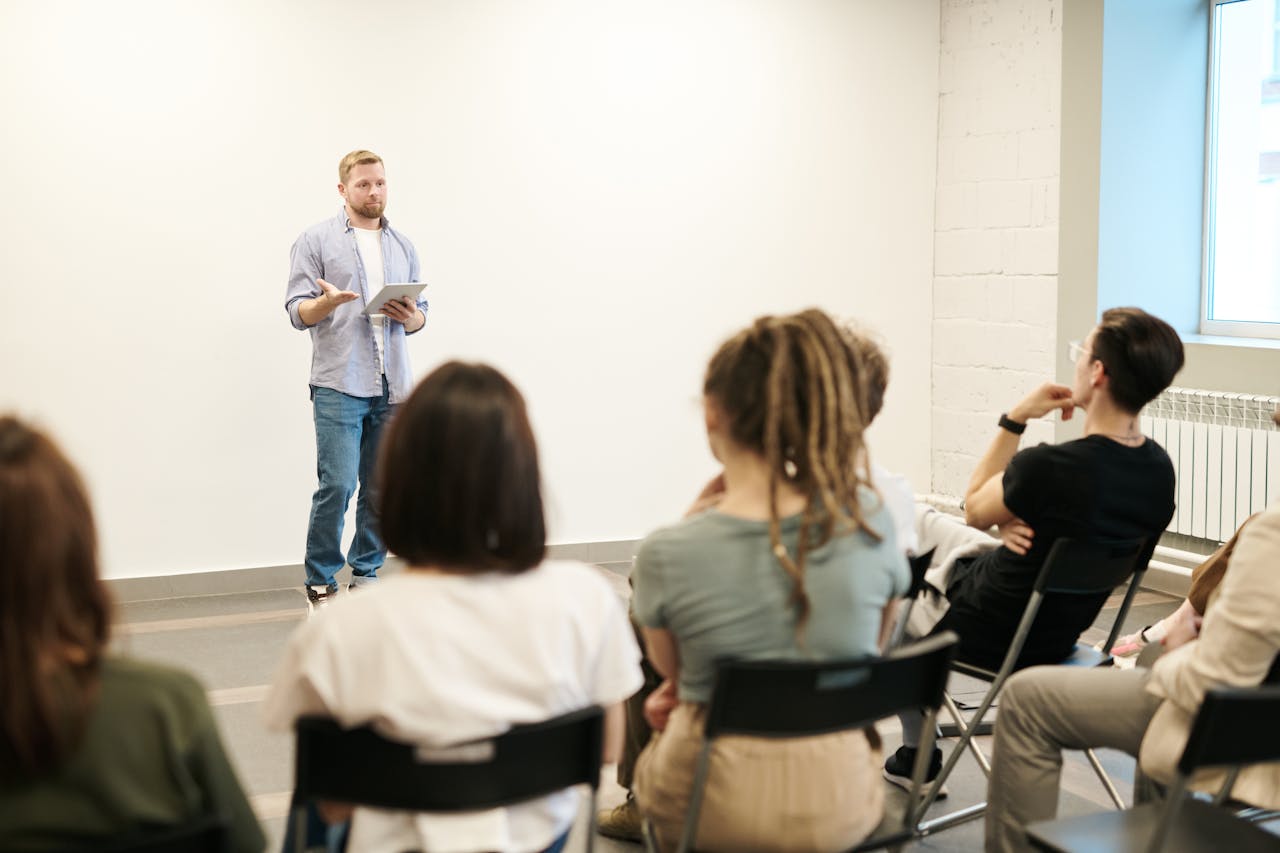
- Can you elaborate on the research process you used to gather information for your presentation?
- Can you discuss the process of selecting and organizing the visual elements in your presentation, such as charts or graphs?
- How did you decide on the topic or key elements to include in your presentation?
- What challenges did you encounter while preparing for your presentation, and how did you overcome them?
- What did you learn about the topic that surprised you during your research?
- Can you explain the significance of your topic or its relevance to the course content?
- Can you discuss any alternative perspectives or counter-arguments related to your topic that you considered?
- What sources did you consult to ensure the accuracy and reliability of the information presented?
- Can you explain the connection between your topic and current events or real-world applications?
- Can you share any specific examples or case studies that support the points you made in your presentation?
- Can you elaborate on any implications or applications of your findings beyond the scope of your presentation?
- Can you discuss any ethical considerations related to your topic that you addressed in your presentation?
- How might your presentation contribute to the understanding of the broader course themes or objectives?
- What aspects of the presentation are you most proud of, and what would you do differently next time?
Q&A Questions for Project-Based Lessons

- What is the main goal or objective of this project, and how will our work contribute to it?
- Can you provide more details about the criteria for success in this project?
- How will our progress be assessed, and what are the key milestones or deadlines?
- Can you clarify the roles and responsibilities of each team member in the project?
- Are there specific resources or materials that we should use or reference for this project?
- Can you provide examples of successful projects from previous classes or students?
- Are there specific presentation or communication requirements for showcasing our project?
- What opportunities for feedback and revision will be available throughout the project timeline?
Business Presentation Q&A Questions
Q&a questions for sales pitches.

- What makes your product or service different from competitors in the market?
- Can you provide some specific examples of companies or clients who have successfully used your product/service?
- How does your product/service address specific pain points or challenges that customers commonly face?
- Can you share some success stories or case studies related to your product/service?
- How does your product/service integrate with existing tools or systems our company uses?
- What kind of support or training is provided to customers after they purchase your product/service?
- Can you explain the implementation process and how quickly we can expect to see results?
- Are there any customization options available to tailor the product/service to our specific needs?
- What kind of ongoing maintenance or updates does your product/service require?
- How do you ensure the security and privacy of our data when using your product/service?
- Are there any limitations or restrictions we should be aware of when using your product/service?
- How often do you release updates or new features to your product/service?
- Can you explain the scalability of your solution and how it can grow with our business?
- What is your company’s roadmap for future developments or enhancements to the product/service?
- What is the typical return on investment (ROI) that your customers experience after implementing your product/service?
- How do you handle issues or challenges that may arise post-purchase?
Q&A Questions for Work Presentations

- How does your proposal align with our company’s overall goals or strategic objectives?
- What potential challenges do you foresee in implementing this plan, and how do you plan to address them?
- Can you explain the specific roles and responsibilities of each team member involved in this project?
- What kind of timeline are you envisioning for the different phases of this project?
- Have you considered alternative approaches to achieve the same goals, and if so, what are they?
- What resources, budget, and manpower will be required to execute this plan successfully?
- How do you plan to measure the success or effectiveness of this project?
- Are there any potential risks associated with your proposal, and what mitigation strategies do you have in place?
- Can you provide examples of similar projects that have been successful in the past, either within our company or in other organizations?
- How will you keep stakeholders informed and engaged throughout the project lifecycle?
- What kind of collaboration and communication tools do you plan to use to keep the team connected?
- Are there any dependencies or external factors that could impact the timeline or success of this project?
- Can you explain how this project aligns with current industry trends or best practices?
- What are the potential roadblocks or obstacles you anticipate, and how do you plan to overcome them?
Q&A Questions for Performance Review Presentations

- Can you highlight specific projects or tasks where you feel you excelled?
- How have you demonstrated leadership skills and the ability to take initiative?
- Have there been any instances of conflict or difficult situations, and how did you handle them?
- What accomplishments are you most proud of since our last performance review?
- Where do you think you could have performed better, and what challenges did you face?
- How well do you think your current responsibilities align with your career goals?
- What new skills or responsibilities would you like to take on in the next year?
- How have you found the feedback and communication within the team or organization?
- How well do you feel you have contributed to team projects and collaborations?
- Are there ways we can enhance teamwork and collaboration within the team?
- Is there anything we can do to support you better in your role?
- What additional resources or training do you think would benefit you in your role?
- What motivates you in your work, and how can we ensure your continued motivation?
- What steps can we take to help you achieve your long-term career goals?
Q&A Questions for Annual/Quarterly Report Presentations
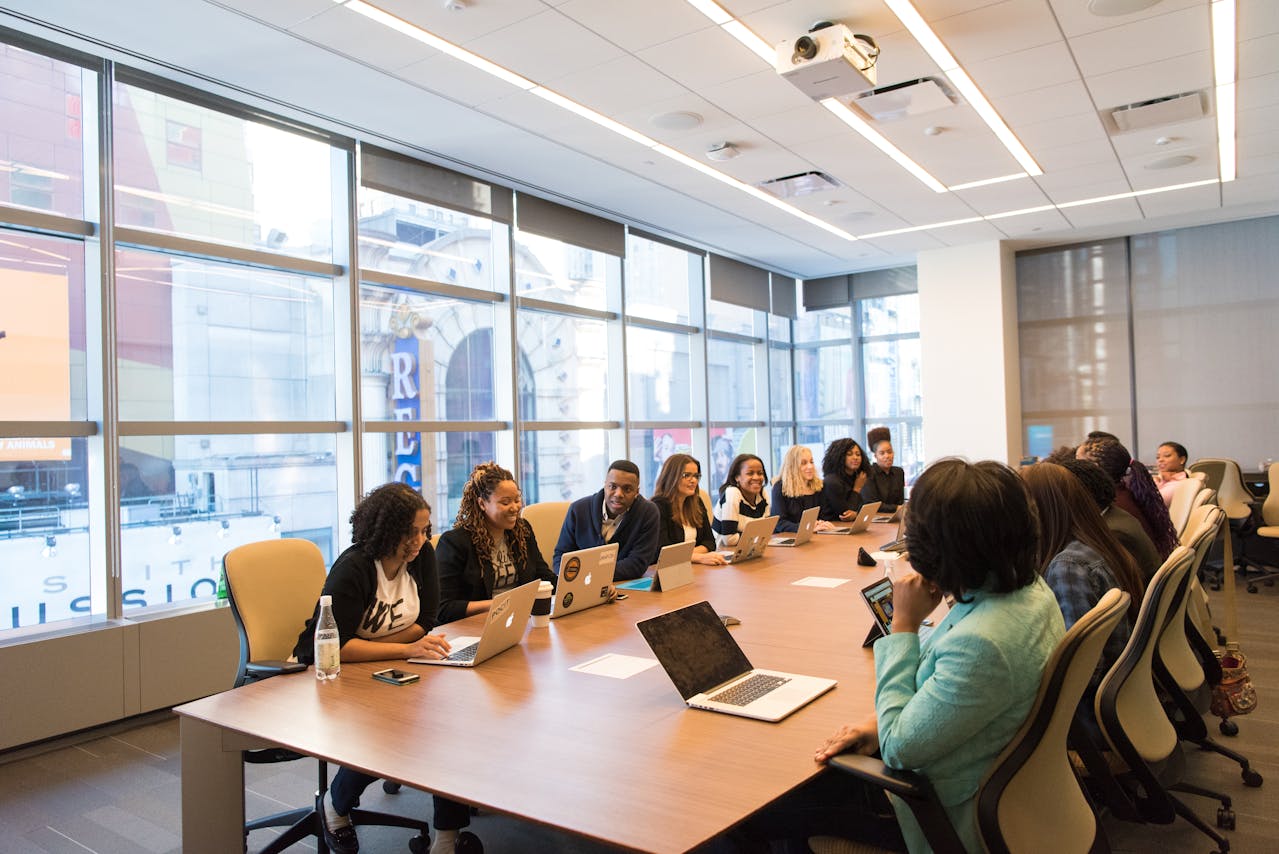
- How did specific projects or initiatives contribute to the overall success or challenges outlined in the report?
- What challenges or obstacles did the team face during the reporting period, and how were they addressed?
- Are there any unexpected or significant changes in the industry landscape that may affect future performance?
- What steps were taken to mitigate risks and uncertainties identified in the previous reports?
- Can you discuss the budgetary implications of the results presented in the report?
- How did the team adapt to changes in customer preferences or demands during this reporting period?
- How do the results align with the long-term strategic objectives of the organization?
- Can you discuss any feedback or concerns received from clients, customers, or stakeholders mentioned in the report?
- How did internal collaborations or cross-functional teamwork contribute to the outcomes presented?
- What initiatives or projects are planned for the upcoming quarter or year in response to the findings in the report?
- Can you elaborate on the return on investment (ROI) for specific marketing or promotional activities mentioned in the report?
- How do the current results compare to benchmarks or industry standards for similar organizations?
- Can you discuss any changes or improvements in operational processes that were implemented during the reporting period?
- Can you provide insights into any potential areas for improvement or focus in the coming reporting period based on the data presented?
Q&A Questions for All-Hands Presentations
- What are the key priorities and goals for the team in the upcoming quarter/year?
- Can you provide more details about the recent changes in team structure or leadership?
- How will recent industry trends or developments impact our team’s strategies moving forward?
- Can you discuss the reasoning behind recent policy changes or updates within the team?
- How will the team address challenges identified in recent performance reports or feedback?
- Can you provide insights into the budget allocation and resource planning for the team?
- How will the team adapt to changes in technology or tools that may affect our workflow?
- What professional development opportunities will be available to team members in the coming months?
- Can you share updates on recent achievements or milestones reached by the team?
- Can you discuss the team’s approach to fostering diversity and inclusion within the workplace?
- What strategies will be implemented to maintain team morale and motivation?
- Can you elaborate on the team’s strategy for managing workloads and preventing burnout?
- How will the team address any challenges related to communication?
- What steps will be taken to recognize and celebrate individual and team achievements in the future?
Public Speaking Q&A Questions
Q&a questions for motivational presentations.

- How did your background or experiences shape your perspective on the topic you discussed?
- How can individuals or communities apply the ideas you shared in their own lives or work?
- What impact do you hope your work will have on the future of [your topic]?
- How has your perspective on [your topic] evolved throughout your journey, and what lessons have you learned?
- How do you suggest we, as individuals, can contribute to or support the goals you outlined in your presentation?
- What advice do you have for someone who wants to get involved in or pursue a similar field or project?
- What are the common misconceptions or misunderstandings about [your topic] that you’d like to address?
- How can the audience stay informed or engaged with ongoing developments in your field or topic?
- Can you share personal experiences where you overcame significant obstacles and found motivation in [an area]?
- What advice do you have for dealing with [a personal issue]?
- How do you handle setbacks and failures in [an area]?
- What daily habits or routines do you recommend for sustaining long-term motivation?
- How can individuals at various career stages benefit from the insights you shared?
- Can you share examples of successful individuals who have been a source of inspiration for you?
Informative Presentation Q&A Questions
Q&a questions for youtube or online webinar presentations.
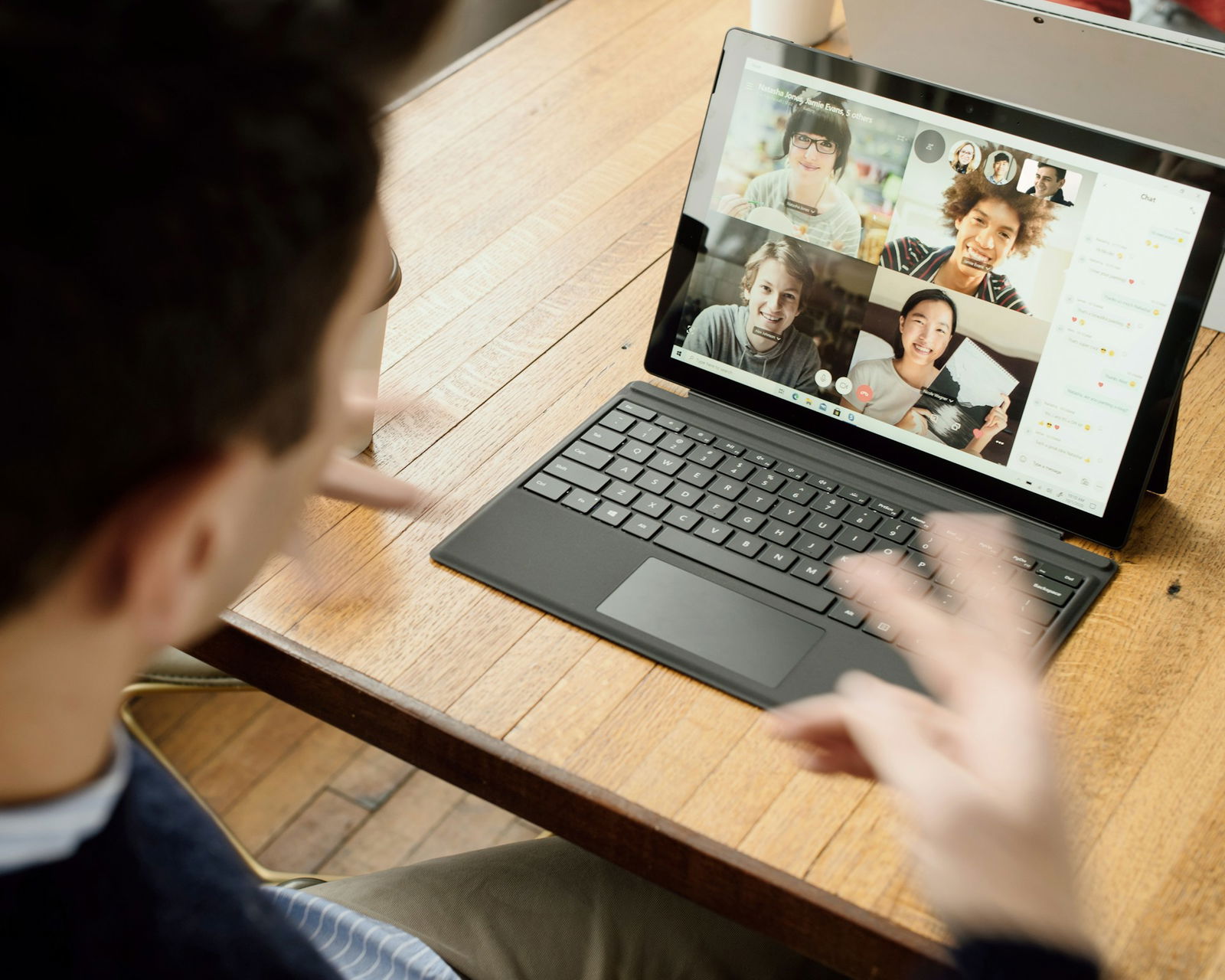
- How can I access the recording of this webinar for future reference?
- Can you recommend any additional resources for further learning on this topic?
- How does this information apply to different industries or professions?
- How do you suggest we adapt these concepts to our specific organizational context?
- How can we stay updated on new developments or research in this field?
- Can you suggest strategies for overcoming resistance to change when implementing these ideas?
- What role does ongoing professional development play in mastering the skills you discussed?
- How can individuals without a background in this field apply the principles you discussed?
- Can you explain the potential challenges or common mistakes people might encounter when trying this on their own?
- How do you foresee the future trends or developments affecting the subject of this webinar?
- Can you recommend specific tools or software that would enhance our implementation of these strategies?
- What are some key indicators of success when implementing the strategies you discussed?
- Can you discuss any industry standards or benchmarks related to the topics covered in this webinar?
- What would be the first step you recommend for someone looking to implement these ideas in their organization?
Q&A Questions for Demonstration Presentations

- Can you clarify the purpose or goal of the demonstration?
- What specific steps are involved in the process you just demonstrated?
- Are there alternative methods or tools that can be used for this demonstration?
- How long does it typically take to master this skill or process demonstrated?
- Are there any safety precautions that should be considered?
- Can you provide tips for troubleshooting or overcoming obstacles in the demonstrated activity?
- How does this demonstration apply to real-world scenarios or practical situations?
- Are there variations or advanced techniques related to this demonstration that you didn’t cover?
- Can you share examples of successful applications or projects that used the demonstrated technique?
- How does this demonstration align with current trends or innovations in the field?
- What feedback or suggestions do you have for individuals attempting the demonstrated task for the first time?
- Can you discuss any modifications or adaptations that may be necessary for different skill levels or abilities?
Training Presentation Q&A Questions
Q&a questions for training workshops.
- Can you provide more examples or practice exercises to reinforce the concepts you just covered?
- Are there any additional resources or recommended readings for further learning on this topic?
- Can you explain the specific steps or strategies for applying what we’ve learned in a real-world context?
- How often is this training updated to reflect changes in industry standards or best practices?
- How can we track our progress and measure the effectiveness of this training?
- Are there opportunities for practical application or hands-on exercises to reinforce the learning?
- Can you discuss any potential challenges or common difficulties participants might encounter during the training?
- Can you provide insights into how this training aligns with current trends or innovations in the industry?
- How will successful completion of this training impact our professional development or career advancement?
- What kind of ongoing support or resources will be available to participants after completing the training?
- Can you explain the relevance of each module or section of the training to our specific roles or responsibilities?
- Can you discuss any case studies or success stories related to individuals who have completed this training?
- Can you outline the specific skills or competencies participants are expected to gain by the end of the training?
Creative Presentation Q&A Questions
Q&a questions for brainstorming presentations.

- How did you arrive at the ideas presented during the brainstorming session?
- Can you provide more context on the criteria used to evaluate and prioritize the proposed ideas?
- Are there specific goals or objectives that the brainstormed ideas aim to achieve?
- How do the ideas generated align with the overall vision or mission of the team or organization?
- Can you discuss any potential challenges or constraints that may impact the implementation of these ideas?
- What steps will be taken to further develop and refine the selected ideas from the brainstorming session?
- How will the team decide which ideas to prioritize or move forward with?
- What role do you see each team member playing in the implementation or development of these ideas?
- What steps will be taken to test or prototype the most promising ideas before full implementation?
- Are there any potential synergies or connections between the different ideas presented?
- Can you discuss the anticipated impact or outcomes of implementing these ideas on the team’s objectives?
Q&A Questions for Creative Work Showcase Presentations

- What inspired your creative concept or idea?
- Can you discuss your creative process and how you generated or developed your ideas?
- How did you overcome creative blocks or challenges during the project?
- Can you share any unexpected twists or turns that occurred during the creative process?
- What influenced your choice of colors, themes, or visual elements in your presentation?
- Can you discuss any alternative concepts or ideas that you considered before finalizing your creative work?
- How did you decide on the overall tone or mood of your creative piece?
- Can you discuss any specific techniques or tools you used to bring your creative vision to life?
- How do you balance originality with meeting the expectations or objectives of the project?
- Can you elaborate on the symbolism or deeper meaning behind certain elements in your creative work?
- How did you ensure your creative work aligns with the intended message or purpose of the project?
- Can you share any unexpected challenges you encountered while executing your creative ideas?
- What advice do you have for others looking to enhance their creativity or embark on similar projects?
- Can you discuss any future plans or developments related to your creative work?
Q&A Questions for Portfolio Presentations
- How did you curate or select the pieces included in your portfolio?
- Can you discuss the overarching themes or concepts that tie your portfolio together?
- What criteria did you use to determine which projects or works to include in your portfolio?
- Can you provide insights into your creative process for one of the featured projects?
- How do you believe your portfolio reflects your growth or evolution as a professional or artist?
- Can you discuss any challenges you encountered while working on specific projects in your portfolio?
- What inspired the overall design and layout of your portfolio presentation?
- Can you share any feedback or critiques you received during the creation of your portfolio?
- How do you handle showcasing both personal and professional work in your portfolio?
- How do you stay updated on current trends or techniques in your industry, and how does this influence your portfolio?
- Can you elaborate on any technologies or tools you used to create or present your portfolio?
- How do you handle showcasing a diverse range of skills or talents in your portfolio?
- How do you balance consistency with variety in the presentation of your portfolio pieces?
- Can you provide insights into the decision-making process behind the visual and aesthetic choices in your portfolio?
Subject-Based Presentation Q&A Questions
Q&a questions for history presentations.
- Why is it important for us to study this particular historical period or event?
- Can you provide more context on the social and cultural aspects of the time you discussed?
- Are there any alternative perspectives or interpretations of the historical event you presented?
- How did political or economic factors contribute to the events you covered in your presentation?
- Can you discuss the impact of this historical period on contemporary society or global affairs?
- How do historians generally view or interpret the significance of the events you discussed?
- Can you elaborate on any controversies related to the historical topic you presented?
- Can you discuss any parallels or connections between the historical events you covered and current events?
- Can you elaborate on any lesser-known or overlooked aspects of the historical topic?
- What were the main causes and consequences of the events discussed in this lesson?
- How did global events or other regions influence the events in this specific historical context?
- Can you share more details about the key figures or individuals involved in the historical events?
- Can you discuss any social movements or cultural shifts that occurred during this time?
- Were there any controversies or debates among historians regarding the interpretation of these events?
- What primary sources or historical documents can we explore to gain a deeper understanding of this time?
- What lessons or insights can we draw from the mistakes or successes of the past?
Q&A Questions for Geography Presentations

- Can you explain the significance of the geographical features discussed in this lesson?
- What are the cultural or societal aspects that make this geographic area unique?
- Can you discuss the environmental challenges or changes occurring in the region you shared?
- Are there any connections between the geography of a region and its cultural practices or traditions?
- How has human activity impacted the natural landscapes and ecosystems in the region?
- Can you provide insights into the economic factors shaping the geography of the area?
- How do political boundaries or geopolitical factors influence the geography of the region?
- Can you discuss any current or historical conflicts related to the geography you presented?
- Can you share examples of how globalization has impacted the geography you discussed?
- How does the geography of the area influence migration patterns and population distribution?
- Can you discuss any challenges or opportunities related to urbanization in the region?
- Can you provide examples of how transportation infrastructure shapes the geography of the region?
- How do the geographical features discussed impact the local economy and lifestyle?
- Can you discuss the role of sustainable development in shaping the geography of the region?
- How does the geography of a region impact the availability and distribution of resources?
Q&A Questions for Science Presentations
- How does this scientific theory or principle apply to real-world situations?
- Can you provide examples of experiments or demonstrations that illustrate the principles being taught?
- How do current advancements or research in technology influence our understanding of this science?
- Can you provide examples of how this scientific concept has been applied in various industries?
- Can you share insights into any ongoing or future research related to the subject of the lecture?
- Can you elaborate on any potential interdisciplinary connections between this science and other fields?
- How do you see the future developments or advancements shaping the field of science you discussed?
- Can you discuss any recent advancements or breakthroughs in the field related to your presentation?
- What experiments or studies have been conducted to support the information presented in your topic?
- Are there any unanswered questions or areas of uncertainty in the scientific understanding of this topic?
- Can you discuss the importance of peer review in the scientific process?
Q&A Questions for Social Science Presentations
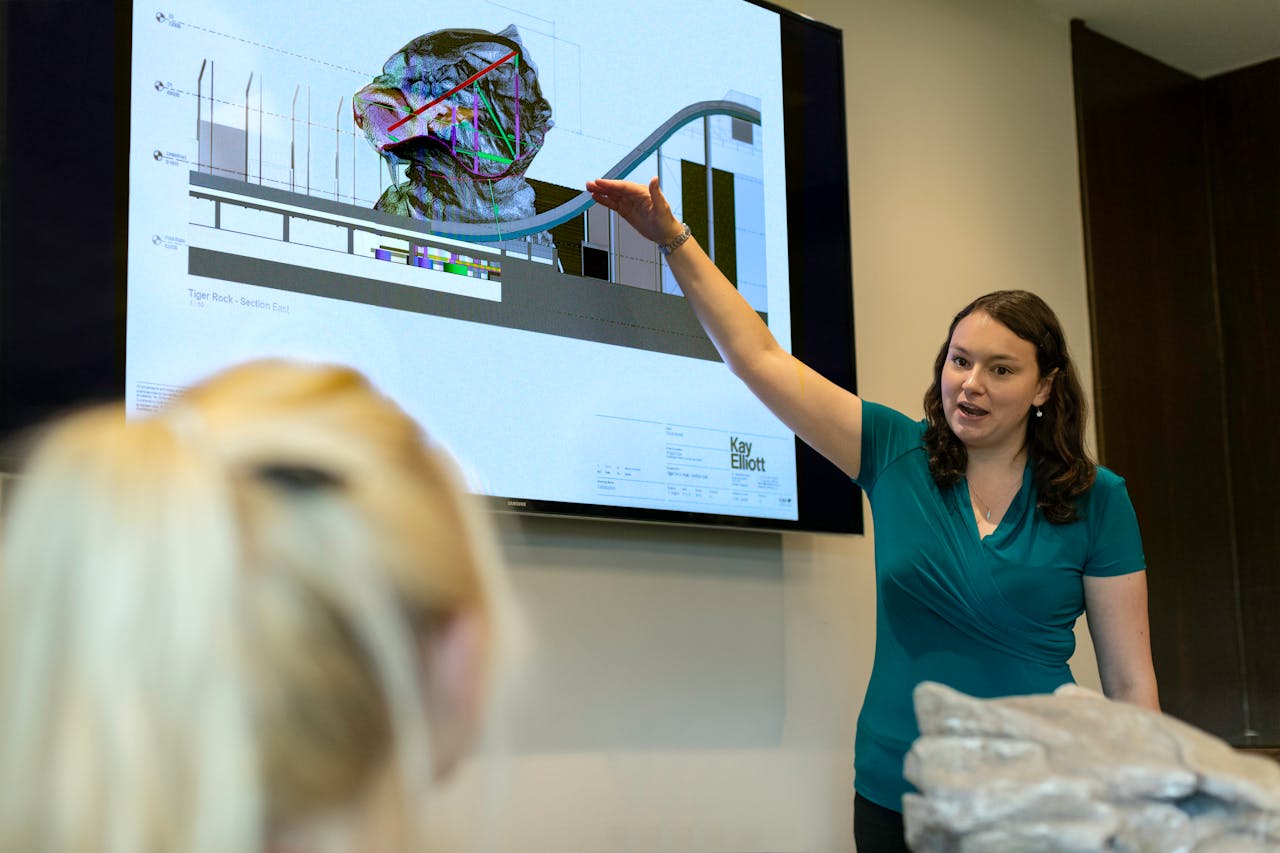
- Can you provide some background information on the topic?
- Can you explain the significance of any statistical analyses or data presented in this studies?
- How might cultural or societal factors influence the interpretation of the findings?
- Are there any primary sources or case studies used in the lesson to illustrate these social science concepts?
- What are the alternative opinions or perspectives that one should consider for this topic?
- How can we critically evaluate bias in the research?
- What are the roles of globalization or international perspectives in this topic?
- Why is [a perspective/opinion] the case?
- What are the potential objections for [a perspective/opinion]?
- How does the topic of this lesson relate to broader social issues or current events?
- Are there any conflicting theories or perspectives within the field related to this lesson’s content?
- Can you explain the practical implications of the theories or concepts covered in this lesson?
- How do the concepts covered in this lesson contribute to a deeper understanding of human behavior or society?
- What are some potential criticisms or limitations of the theories presented in this lesson?
Q&A Questions for Art and Design Presentations
- How do different artistic techniques contribute to the overall aesthetic of the piece?
- Can you explain the cultural or historical influences behind the art or design style being taught?
- How can personal experiences or emotions be expressed through art and design?
- Can you provide examples of famous artists or designers who are known for this particular style or technique?
- How does the use of color, shape, and composition impact the visual impact of the artwork or design?
- Are there any contemporary or modern trends in art and design that relate to the topic of this lesson?
- How does the art or design being taught relate to broader movements or styles in the art world?
- How can art and design contribute to social or cultural change?
Fun Presentation Q&A Questions
Q&a questions for powerpoint night presentations.
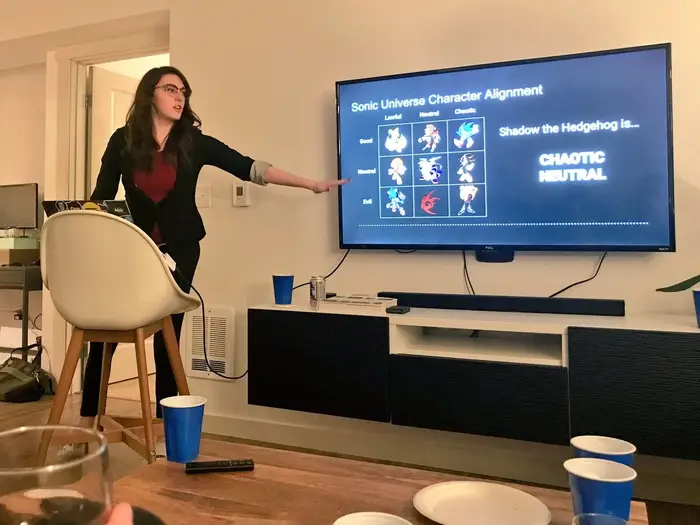
- Do you remember the time when we [shared a memorable adventure or experience]?
- What’s your favorite memory from our past travels together?
- If we were to plan a group vacation, what destination would you suggest for our bucket list?
- What’s one place you’ve always wanted to visit that we haven’t explored together yet?
- What’s the most spontaneous or unplanned adventure we’ve had?
- What’s our favorite inside joke?
- If we were to create a time capsule representing our friendship, what would you include in it?
- What’s the craziest or most unexpected thing we’ve ever done together?
- What’s your go-to travel snack or comfort food?
- What’s a shared goal or dream destination you’d like to achieve with the group?
- Can you recall the first time we met, and what was your initial impression of me?
- What’s a skill or talent of mine that surprised you when you first discovered it?
- If our group had a theme song, what do you think it should be and why?
- If we were characters in a movie, how would you describe our dynamic or roles?
- What’s a shared goal or aspiration that you think our group could work towards together?
- What’s your favorite thing about our friendship that you cherish the most?
- If we had a group motto or slogan, what do you think it should be?
Q&A Questions for PowerPoint Games
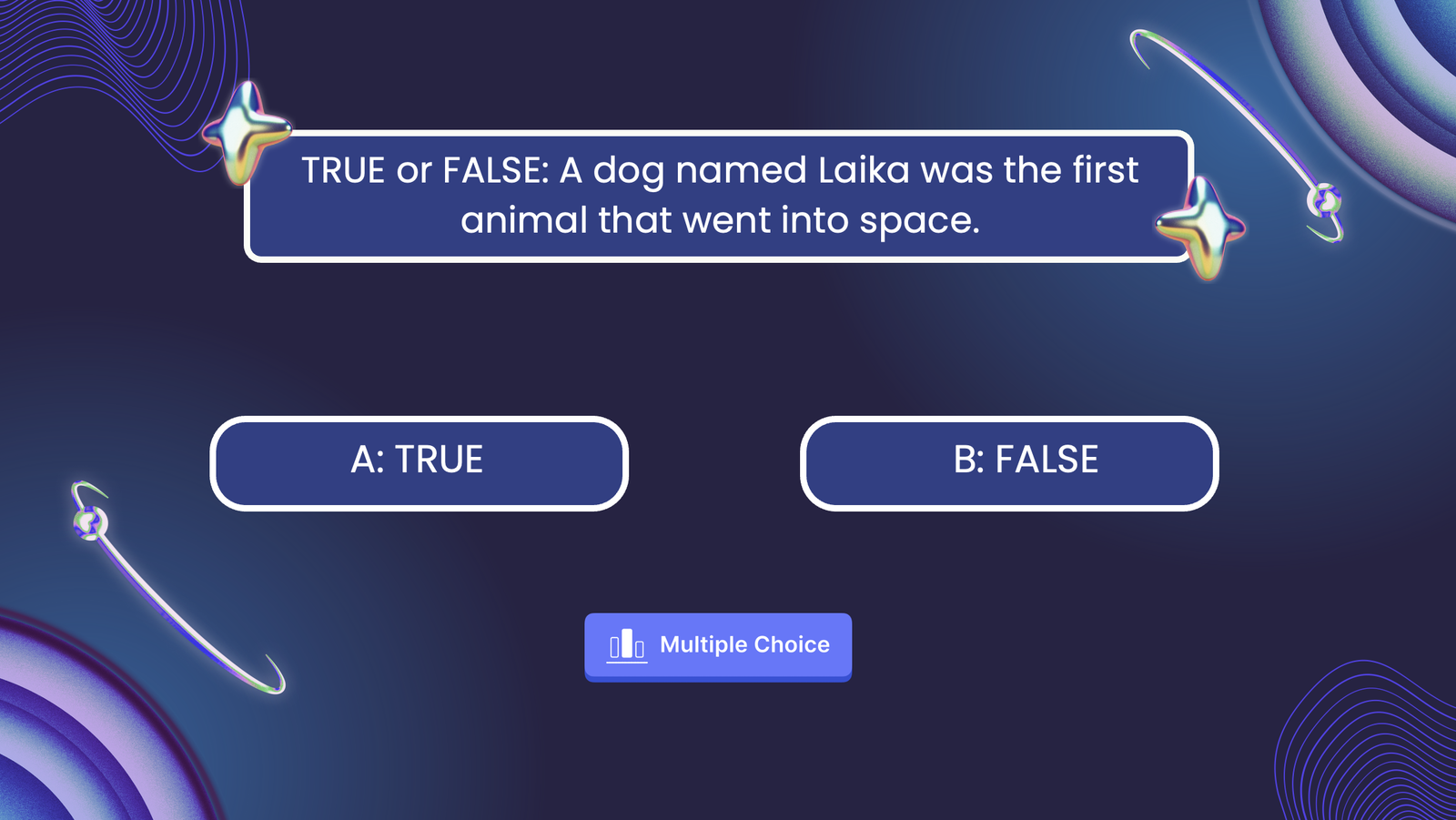
- What are the rules of the game?
- How long is the expected duration of the game?
- Are there any specific materials or equipment needed to play the game?
- Can you explain the objective or goal of the game?
- Are there any hidden surprises in the game that players might not immediately notice?
- Any secret tips for success in the game?
- Are there any special prizes or incentives for winners of tonight’s games?
- How is the game scored, and what determines the winner?
- What happens if there’s a tie in the game?
- Are there any variations or optional rules we should be aware of?
- Can you explain the order of play and how turns are determined?
- Are there penalties or consequences for certain actions during the game?
- Can participants form teams, or is the game strictly individual play?
- Are there any restrictions on player movement or interaction during the game?
- Can you provide examples of common strategies or tactics used in the game?
- How is cheating or rule violations handled in the game?
- Can you recommend any strategies for newcomers or first-time players?
Feedback Q&A Questions

- What specific aspects of the presentation do you think were most effective?
- Can you provide suggestions for improving the clarity of certain points in the presentation?
- How well do you think the presenter engaged with the audience during the presentation?
- Were there any areas where you felt the presentation could have been more engaging or interactive?
- Can you offer insights into the pacing of the presentation and whether it was appropriate?
- What are your thoughts on the visual elements, such as slides or graphics, used in the presentation?
- Were there any technical issues or challenges that affected your experience during the presentation?
- Can you provide feedback on the overall organization and structure of the presentation?
- Were there any moments in the presentation that you found particularly memorable or impactful?
- Did the presenter effectively convey the key messages or takeaways of the presentation?
- How well did the presenter connect with the audience’s level of understanding or familiarity with the topic?
- Can you discuss any specific examples or anecdotes that resonated with you during the presentation?
- Were there any instances where the presenter could have provided more context or background information?
- What are your thoughts on the presenter’s use of language, tone, and overall communication style?
- Can you suggest ways in which the presenter could improve audience engagement or participation?
- Were there any aspects of the presentation that you found confusing or difficult to follow?
- Can you share your overall impression of the presentation and whether it met your expectations?
- What recommendations do you have for the presenter to enhance the overall impact and effectiveness of future presentations?
Closing Thoughts
With more than 300 Q&A questions to help you with your preparation, you can save so much time thinking and anticipating the questions your audience may ask during the Q&A session of your presentation. Now, you can focus on what matters most – acing your presentation!
BONUS: Lazy to create PowerPoint presentations from scratch? Try these 11 top-rated AI PowerPoint generators (they’re free!), as well as these 4 ways to use ChatGPT to create PowerPoint presentations .
About Zhun Yee Chew
Try classpoint for free.
All-in-one teaching and student engagement in PowerPoint.
Supercharge your PowerPoint. Start today.
800,000+ people like you use ClassPoint to boost student engagement in PowerPoint presentations.

How To Navigate Your Presentation Q and A Session Like A Pro
Table of contents.
Presentations are a pivotal part of professional life, an opportunity to share knowledge, influence decisions, and showcase expertise . But what truly separates the pros from the rest of the pack is not just the delivery of content but also their ability to master the art of the post-presentation Q&A session.
In this article, we’ll delve into strategies, tips, and insights that will empower you to confidently face any audience, tackle tough questions, and leave a lasting impression as a presentation maestro.
Is A Q & A Session At The End Of A Presentation Required?
A Q&A session at the end of a presentation is a common practice in many professional settings, including business meetings, academic lectures, and conferences. It provides the audience with an opportunity to seek clarification, engage with the speaker, and delve deeper into the topic discussed.

How Important Is Moderation In Your Q & A Session?
Moderation is highly important in a Q&A session, and its role cannot be overstated . Effective moderation ensures that the session runs smoothly, maintains a respectful and productive atmosphere, and maximizes the benefits for both the presenter and the audience.
Here Are A Few Tips On How To Moderate
Give audience members instructions on how to participate.
Encouraging audience participation as a moderator is vital for a successful Q&A session or discussion. Start by c reating a friendly and open atmosphere, setting clear expectations, and using open-ended questions that invite thoughtful responses. Actively engage with participants, ask follow-up questions, and acknowledge their contributions to foster a sense of inclusivity.
Rotate attention among panelists or presenters, promote written questions for larger or online sessions, and be patient, allowing participants time to formulate their thoughts. Summarize key points made by the audience and connect them to the main topic to reinforce the value of their contributions. Seek feedback at the end of the session to continually improve your moderation skills and enhance audience engagement.
Use a Moderating Tool To Improve Efficiency
Utilizing moderating tools is an excellent way to enhance the efficiency of discussions and manage interactions in online or live events. These tools typically offer features like question management, chat monitoring, and participant engagement tracking. To maximize their effectiveness, start by familiarizing yourself with the tool’s interface and capabilities before the event.
During the presentation or discussion, actively monitor incoming questions or comments, addressing them in real-time or queuing them for later. Use features like chat moderation to maintain a respectful and on-topic conversation, ensuring that disruptive or inappropriate content is promptly dealt with. Additionally, track participant engagement metrics to identify trends and areas that may need additional attention. By harnessing the power of moderating tools, you can streamline your role, keep the discussion on track, and create a more efficient and productive environment for all involved.
Prepare To Collect Unanswered Questions
You also need to be prepared to collect unanswered questions that you might not get to during the allotted time you have to present, have a system in place for noting down questions that couldn’t be addressed during the session, either submitted through digital tools or manually written, ensuring they are organized and ready for follow-up or future discussions. Make sure you have a clear and concise call to action in your presentation to achieve this.

Things To Think About Before Running Your Q & A Session
When running a Q&A (Question and Answer) session, there are several key considerations to keep in mind: Preparation, timing, audience engagement, question prioritization, complex questions, and audience diversity . Below, we will get into a few of these.
Let Your Audience Know In Advance When The Session Will Start
It’s essential to communicate the start time of the Q&A session to your audience effectively. By clearly indicating when the Q&A will begin, whether it’s at the end of a presentation or at a specified time during an event, you help attendees anticipate and prepare their questions. This proactive communication ensures that the Q&A session runs smoothly and that participants are ready to engage in meaningful dialogue when the time comes, enhancing the overall event experience.
Briefing Your Audience On The Format
At the beginning of the session, set clear expectations for audience participation. Explain the format, timing, and how questions will be received (e.g., raising hands, using a chat feature, or submitting questions in advance).
Leave Enough Time To Field Questions
Leavin g dedicated time during your presentation for a Q&A session is crucial as it allows for audience engagement, clarifications, and deeper exploration of topics, enhancing the overall impact and effectiveness of your presentation.
Stick To The Time Limit Allotted
Sticking to the time allocated for a Q&A session is of paramount importance as it respects both the audience’s and the presenter’s schedules. It ensures that the event remains organized, preventing sessions from running over and causing inconvenience. Efficient time management in a Q&A also allows for the inclusion of as many questions as possible within the allotted period, maintaining the engagement and interest of the audience. Additionally, adhering to the schedule demonstrates professionalism and consideration for attendees, making the entire event more enjoyable and productive.
Tips On How To Answer Questions In The Session
Navigating a Q&A session effectively is an art that requires both expertise and finesse. It’s not only about providing accurate information but also about engaging with the audience, addressing their queries thoughtfully, and managing the flow of the discussion. In the following tips, we’ll explore strategies for answering questions during a Q&A session that will help you enhance your presentation and foster a constructive and informative exchange with your audience.
Make Eye Contact With The Audience Member Asking The Question
Making eye contact with the audience member who is asking a question is crucial as it conveys attentiveness, respect, and a genuine connection, fostering a more engaging and interactive Q&A session.
Research Suggests Taking A Brief Pause Before You Answer

This momentary pause allows you to gather your thoughts, ensuring that your response is well-considered and accurate. It prevents rushed or impulsive answers, particularly to complex or sensitive queries, and demonstrates a sense of thoughtfulness and confidence to the audience.
Moreover, the pause offers your guests an opportunity to absorb the question fully and mentally prepare for your response. This moment of reflection can enhance clarity and comprehension, making the exchange between you and your audience more meaningful and effective. Ultimately, by incorporating a deliberate pause before answering questions, you not only improve the quality of your responses but also convey professionalism and a genuine commitment to providing valuable information. This article dives even deeper on the importance of a brief pause before answering a question.
Take A Pause And Call The Geeks. We Can Help!
1-888-206-9525
Make Sure You Understand The Question Asked Before Answering
Your confidence and expertise in the subject matter also matter. Check out our article to help guide you in being a better presenter . If you are well-prepared and knowledgeable about your topic you will easily be able to understand the questions being asked.
Additionally, knowing when you are being asked an irrelevant question, or a thoughtful question, is a key tool in helping you move through your Q&A’s. Be sure to hear what your audience is asking, and for any irrelevant questions, keep your answers short and move on to any potential questions that will bring your guests back to your key messaging.
Always Keep Cool, Calm And Collected
Maintaining a sense of calm during a Q&A is essential as it allows you to think clearly, respond confidently, and manage unexpected challenges or difficult questions effectively. It also helps create a positive and reassuring atmosphere, which can enhance your credibility and the overall experience.
If You Don't Know The Answer, Be Honest!

Being honest when you don’t know the answer to a question during a Q&A session is vital because it builds trust with the audience, maintains your credibility, and opens the door for future opportunities to provide accurate information.
Feeling Like You've Got Your Presentation Q and A Covered? Awesome!
You are now fully equipped to run a Q&A and moderate effectively! You’ve learned the importance of clear communication, timing, creating a welcoming atmosphere, and using pauses for thoughtful responses . You understand the value of being honest when unsure of an answer and the role of audience engagement and moderating tools. These skills will enable you to confidently navigate Q&A sessions for productive and engaging interactions with your audience.
Are You Ready To Make The Right Impression In Your Next Presentation? If So, Let's Talk
Make an impression that lasts with your next presentation. Use our presentation design service that will not only save you time and money, but create powerful sales tool that will make the right impression, first time around.
If you’re ready to begin working with award winning designers that have an established reputation, contact Presentation Geeks today by clicking the button below.
Author: Content Team
Related posts.

FREE PROFESSIONAL RESOURCES DELIVERED TO YOUR INBOX.
Subscribe for free tips, resources, templates, ideas and more from our professional team of presentation designers.
Unsupported browser
This site was designed for modern browsers and tested with Internet Explorer version 10 and later.
It may not look or work correctly on your browser.
- Presentations
- Public Speaking
7+ Tips for Handling a Q&A Session in 2024
You've prepared your presentation and delivered it flawlessly. But there's one more hurdle to get through before you can declare the event a success: the presentation questions and answers session, or Q&A.

It's the time when your audience gets to ask questions, and sometimes you've got no idea what they're going to ask. So, how can you wrap up your presentation in style? In this guide, I'll share tips and expert advice on responding to questions after a presentation, so you can nail the Q&A session.
Why People Worry About the Q&A
Even seasoned public speakers can be terrified by the thought of the question and answer session in a presentation. You may believe that your audience should be a part of your presentation but still be worried when it's time to invite questions from the audience. One reason for this is the lack of control. After all, as the presenter, you've got no idea what audience members are going to ask.
The tutorial below will help you overcome other fears about public speaking you may have:
.jpg)
Another concern about taking questions in presentations is that you won't know the answers. If you're new to public speaking, taking questions can be even more nerve-wracking. Some presenters feel they're not good at improvising and will be floored by unexpected questions. Overall, presenters worry about looking silly in front of the audience. There are tips for handling all those issues in this guide.
Why You Should Include a Q & A Section in Your Presentation
So, why is it important to include a Q&A session? There are several benefits to inviting questions from the audience at the end of your presentation. For a start, your audience should be a part of your presentation if you want to make your session more interesting and engaging. Taking feedback questions for a presentation is one way to do this.

A Q&A session is a great chance to connect more with your audience and complete the process that you've started with the presentation. Most presentations are concise, and don't cover everything to avoid boring the audience. So, responding to questions gives you another chance to showcase your expertise by expanding on points made in the main presentations.
Another great thing is that a lively question and answer session in a presentation tells you that people are interested in what you've got to tell them and engaged with your topic.
Public Speaking Trainer Gary Genard says:
"Too often, speeches have the feeling of a monologue, delivered through a one-way dynamic to a polite but anesthetized crowd of onlookers. The back-and-forth of Q & A should feel more comfortable to you AND your listeners. Best of all, when you’re conversing about a topic you truly care about, all of your best qualities as a speaker will emerge."
The Q&A is excellent feedback for a presenter and gives you the confidence you need for future presentations on your topic. And a good Q&A shows your expertise.
Wondering how to invite questions at the end of a presentation? Use a questions image for your presentation and leave it up when you've finished presenting the main content.

I'll talk more about creating your Q&A slide later in this article, but the following guide is a good starting point:

How to Prepare for Questions After a Presentation

Presentation questions don't have to take you by surprise. As a presenter, there are several tasks you can do in advance, so you're ready for anything your audience throws at you. Here are some tips to help you handle presentation questions:
1. Know Your Topic
One of the best preparations is to know your topic inside out. If you're an expert on the subject you're presenting on, there's little that can faze you.
2. Know Your Audience
When preparing to invite questions from the audience, research is key. If you know who you're presenting to, tailor the information to their interests. This same research will also help you figure out what might be coming up in the Q&A.
3. Hold Back Some Information
Your presentation question session will be easier if you've got some new information left to share. If your presentation is concise, you'll have useful data that didn't make the final cut. Some of this can help you answer your audience's questions.
4. Prepare for the Most Likely Questions
Responding to questions with a little preparation. Go through your presentation and try to see where audience members might want clarification or extra insight. Do a little more research so you've got supporting statistics on hand. Check to see if there's a related topic that might follow naturally from something you present.
Content Strategist and Founder of Write Minds, Jacob McMillen says:
"My biggest fear heading into my first Q&A was that the audience might not ask interesting followup questions, so I could keep the discussion moving. I overcame this fear by spending a bit more time than was probably necessary preparing for the session and thinking through what I'd say if it was left to me to fill dead space."
5. Lead Your Audience
Related to that, you can subtly invite questions from the audience by giving them a teaser. This encourages them to ask a question about information you've already prepared. For example, if you use a surprising or interesting fact, it's almost certain someone will ask for more information.

6. Decide When to Respond to Questions
There's no set time frame for responding to questions. As the presenter, it's completely up to you when to run a question and answer session for your presentation. There are two options:
- Let people ask questions throughout your presentation.
- take all questions at the end.
Each method has pros and cons.
If you go with interactive questions for your presentation, and take them throughout, it's easy to tell when your audience is engaged. That's affirming, and you also won't have to remember to come back to a topic later. But taking questions throughout can also interrupt both the flow of the presentation and your train of thought. That can make it harder to follow for your audience.
If you take presentation questions at the end, then you can focus on delivering the best presentation you can, without worrying about interruptions. That makes it less interactive during the presentation itself. But it means both you and your audience can easily follow the issue you're presenting.
Amma Marfo , Professional Writer, Speaker and Trainer, says:
"If the topic is one where understanding is needed to move forward (e.g. if I've shared a framework or am building layers of knowledge), I'll take questions throughout. If it's less essential that all points are understood to move forward, I'll hold until the end.
I find myself asking for questions throughout more and more on digital/virtual events, because it's a means to ensure that participants are engaged. These questions can take the form of "what questions do you have?" (preferred to "any questions?" because someone might hedge if they think no one else has questions), or can show up in the form of polls, thumbscales (thumbs up if you feel good about this, thumbs down if you feel bad), or even share an emoji if I feel confident that the audience will universally know how to do so on their device :)"
A good middle ground, especially for a longer presentation, is to take questions at specific times. For example, if you're making several main points, you could have a brief Q&A after each of them.
Whichever you choose, you can signal your audience that it's time for questions by adding a Q&A slide to your presentation. Include:
- the presentation title
- the word "questions"
Many premium presentation themes include a well-designed questions image for your presentation.
7 Tips on Responding to Questions

Ready to invite questions at the end of your presentation? Here are some tips on handling your Q&A session:
1. Listen to the Presentation Questions
Handling questions in presentations starts with listening. Listen to make sure you understand what the audience member is asking. Don't be afraid to ask the person to repeat the question if you think you've missed something. This is also a good way to get more thinking time.
2. Acknowledge the Questioner
Acknowledge the questioner, even if it's simply by saying: " that's a good question. " This makes your audience member feel good and buys you a little time to think about your response.
3. Empathize With the Audience
Audience members want to know you empathize with their concerns. If you know your topic, you'll understand WHY they're asking a particular question, and can use that as a lead in to your response.
4. Promise to Follow Up
Every now and then you get a question you really can't answer on the spot. There's no need for terror. Simply let the questioner know that you'll follow up afterwards and do it as soon as possible after the presentation. That may even be a good time for some self-deprecating humor, as experts recommend in the following article:

5. Get Some Help
You don't have to answer all questions in presentations yourself. If there's an expert in the audience who's likely to have relevant information, call on that person. Even better, if you know the list of attendees, give that expert some advance warning. Either way, it'll make your Q&A even more useful for your audience.
6. Stay in Control
If an audience member starts to ramble, don't be afraid to rein them in. Gently interrupt and clarify to keep the session relevant, interesting, and on-topic for the rest of your audience. Jacob McMillen says:
"Staying on topic is really just about spending more time on the things you feel are "on topic" and less time on that things that aren't. If the audience member tries to dive into something that I don't want to take about, I just give a relatively brief answer that communicates I'd prefer to move on, and then when I'm answering something I do want to talk about, I really dive in and take some time to give a comprehensive answer."
7. Have Someone Monitor the Chat
If you're presenting online, then taking questions can be slightly more complex. Often, people use a chat function to post questions during the presentation. It's essential to have someone monitor the chat so you don't miss anything
There are more tips on virtual presentations in our remote meetings guide:

Finally, summarize your presentation at the end of the Q&A. This lets you leave your audience with the core message you want to get across.
How to Respond When People Disagree
Interactive questions for presentation sessions are all well and good, but what happens if an audience member strongly - and vocally - disagrees with what you're saying. A good way to handle disagreement is to:
- Acknowledge the question.
- Clarify to make sure you understand the questioner's perspective.
- Identify where you agree (hopefully you'll agree on some points).
- Explain why your perspective is different - and why - on issues where there's disagreement.
Amma Marfo has this to say about handling disagreements:
"For me, it depends on if the disagreement is grounded in information or ideals. If it's an informational dispute, I try to cite sources and encourage others who may know of additional information to share it. Those tend to be easier because there's a theoretical right answer.
The challenge is if the dispute is ideological (or, ideological masquerading as informational). When those kinds of disputes arise, I state my position and try to hold there. If it escalates to where I can tell the person wants to be heard or "heard out," *and the argument is a good faith one*, I refer them to another way to get in touch. Let's continue this over email, or perhaps a phone call.
I don't entertain bad faith arguments, especially if they're grounded in denying the humanity of people - racism, sexism, -phobias or bigotry - and will typically move the conversation along for the sake of time."
How to Create a Winning Presentation
To create a presentation that gets attention, consider using a premium presentation template from Envato Elements. Premium templates are well-designed and well-supported. They can also save you time when creating presentations, and help you achieve a great look even if you don't have strong design skills.
If you want a great-looking template for your next presentation, Envato Elements has an offer you won't want to miss. Download as many presentation templates as you want, all for one low price. If you only need a single presentation questions template , consider the options at GraphicRiver, where you can get attractive presentation templates for a questions and answer session for one-off use.
Here are some cool templates to use the next time you're taking presentation questions:

Learn More About PowerPoint Presentations
To learn more about using PowerPoint for presentations, check out the following guides:
.jpg)
Prep for Your Presentation Q&A Session Today
As we've seen, the Q&A session doesn't have to be a nightmare. With the right preparation you can handle presentation questions efficiently and respectfully while still coming across as the expert. Don't forget that you can create an eye-catching presentation with premium templates from Envato Elements. You can also get appealing presentation templates for one-off use from GraphicRiver. Start creating your next presentation today!

Presentation | Persuasion | Public Speaking | Strategy
Use these 13 tips to master the art of q&a.
Written by Kai Xin Koh

Q&A is like unchartered territory – unpredictable and full of surprises. It’s a double edged sword, either reinforcing your message or undermining it. One wrong move and you may lose the credibility you’ve worked hard to build as a speaker.
Many speakers – even seasoned ones – are intimidated in this area but who wouldn’t be? You can’t know the questions that will be coming your way. It’s one thing to talk to a crowd but another when it’s a two-way dialogue taking place.
Q&A sessions are not just a matter of conveying the message – it’s also receiving on your end as well – which makes sense why so many can get stage fright , and possibly a break a cold sweat just thinking about it. Naturally, it happens to most people that may not have gone for presentation skills training, but it’s more common than you think.

Either way, whether you love or hate it, Q&A sessions are an essential tool. It makes your talk a subject of conversation and a way to connect with your audience. With a bit of preparation, research and determination , you can leverage on the Q&A session to help elevate your talk and reinforce your credibility as a speaker.
Here’s a step-by-step guide to help ensure your Q&A sessions are as smooth-sailing as possible:
1) Q&A Objectives
A good Q&A session is more than just an allocated time slot for your audience to ask random questions.
The purpose of a Q&A like any presentation, speech or pitch needs to have a clear objective that meets the goal at the end of the day. That means making it evident of the direction you want the session to go.
If you do make use of a moderator, a good one would already be guiding your session to the desired direction easily.
2) Hold a briefing session before the event

It is vital that you brief everyone before your presentation so they are prepared which in turn, can provide the best experience for your audience.
Clarify any issues, questions or instructions from the people working behind the scenes such as stage managers and moderators before running through the event program so everything is in place and running smoothly.
3) Dedicate enough time

This is something you should establish earlier on in the planning stages of your session. Timing for a Q&A session depends on your set up. If your Q&A session will be conducted after your presentation, then a good 15 minutes should be given. However, if it is a team presentation, then the time given should be extended to ensure each presenter gets a chance to answer the questions as well.
Speakers often focus their efforts into the presentation and leave the remaining time allocated to a Q&A session. This means the audience can only answer one or two questions at best. This compromises further engagement with the audience.
To further engage your audience and strengthen your credibility as a speaker, the Q&A session should match the length of the presentation. You can even consider switching it the other way round where your presentation is short and sweet followed by a longer Q&A
4) Prepare questions beforehand
“Over prepare then go with the flow” – Regina Brett
It doesn’t hurt to over prepare – after all it’s the backbone of success. To ensure you’re not caught off guard or flustered over the questions the audience may ask, think of a few to anticipate beforehand.
Make it a habit to write down these questions down especially the tough or controversial ones before rehearsing your answer. Run a mock session with your trusted and reliable colleagues, friends or family to ensure your answers are well thought of and don’t offend your audience. The evaluation and feedback given from the mock session is key to helping you improve as a speaker.
But, if there are a lack of questions asked during your presentation, don’t shy away from initiating first. Not only do you avoid awkward silences, it also helps to kick start the discussion and inspire more questions from the audience.
5) Engage a strong moderator
If you need someone to moderate your Q&A session, then it’s important to choose a good moderator as they can help boost the effectiveness of your Q&A. Ultimately, the role of the moderator is to bridge the gap between the audience and the speaker. Hence, they need to be someone who is comfortable with being on stage, able to handle pressure and facilitate the conversation – not join in or control it.
A good moderator ensures the purpose of the session is intact, is able to guide the questions back to the main topic of the session as well as prevent the session from being hijacked by a troublesome audience member. Make sure to take these considerations in mind when finding a good moderator.
6) Collect Questions Ahead of the Event
Throughout the event, you can start collecting questions before and during your speech. This is helpful in several ways. You as the speaker will be able to plan how to address these questions. The moderator will be able to guide the session better.For the audience, they’re able to ask questions that truly matter instead of scrambling to think of one that may not be useful to them or you. It’s a win-win situation.
One of the ways to collect questions beforehand is using Mentimeter or Kahoot . Both are polling tools where you or your audience can set questions or provide input via a mobile phone or any other device connected to the Internet.
7) Use the right tools and equipment

Are you planning on having your audience ask their questions vocally or online? Either way, make sure that these tools are able to function with ease during the session itself.
If you’re making use of a microphone, ensure the volume of the microphone is loud enough that even the audience from the back are able to hear the questions asked loud and clear. If you’re facilitating the questions online, then make sure the Wi-Fi or internet is strong so you can receive their questions easily.
8) Pause
It’s not life or death situation if you need a moment to think before answering a question. Sometimes, answering too quickly may make you seem defensive to the audience so it’s okay to take a few seconds to indulge the question. Not only that, answering instantly may wind up making you stumble over your answers which in turn makes them doubt your credibility. Worse, you may even make the mistake of answering nothing related in your haste.
Although it may be awkward to pause due to the silence, your audience won’t think badly of it. In fact, they will appreciate that you took the time to process their questions. You’ll also look more genuine and authentic as a speaker – not a scripted, monotonous robot.
9) Reduce filler words
Although not everyone is graced with speaking fluently in front of an audience, constantly saying ‘um’, ‘well’, ‘you know’ and ‘uh’ will do little to establish your credibility as a speaker. These filler words will also annoy your audience when used repetitively.
But what you can do is reduce using these fillers when speaking. Make it a habit to pause so you can gather your thoughts before you speak. Better to take a few seconds to speak in a cohesive manner than instantly speaking, stumbling over your words.
10) Get straight to the point
Often times, speakers beat around the bush when answering questions during Q&A. It may or may not be intentional as there are other factors that can cause the speaker to answer the questions in a long-winded manner.
For instance, they may not have listened closely or they may not have not known how to answer the question and decided to change the topic. Either way, it doesn’t matter. Beating around the bush will only compromise your credibility as a speaker.
So before you answer a question, make sure to listen carefully. Then, make sure to give a short and straight forward answer.
This brings me to my next point.
11) Confirm that you’ve answered the question
After answering a question, always make sure you clarify if you have truly answered it. Throughout the Q&A session, make it a habit to ask if you’ve answered the question or if your answer was clear. It shows you care and that their needs are being met.
12) Don’t get thrown off by the awkward or random question
Elon Musk mentions that even the most well-prepared and organised presentation can go haywire if the speaker is confronted by irrelevant, random and awkward questions.
If you’re lucky, you won’t encounter this. Nonetheless, it’s still important to be prepared to face it and answer as professionally as possible before tying it back to the topic.
This may take a few tweaks here and there especially when It comes to mastering how to handle awkward questions. With that being said, even if the questions asked are not related, answer it honestly anyway. It may end up being the answer you are most remembered for.
One example is Former President Bill Clinton who encounters being asked a totally random question: “Boxers or Briefs?”. Although the question was puzzling and did not tie with his speech, he answered anyway.
Here’s a video of Elon Musk calmly tackling random and awkward questions after his presentation:
Notice how most of the audience members in the video ask long-winded questions. Elon Musk does not harshly tell them off but firmly says “No essays, only questions” to bring them back on track.
13) Learn How to Handle a Tough Audience

Of course most of the questions asked by the audience are sincere. Their intentions are never to hurt or bring malice upon the speaker.
But sometimes, we are faced with audience members who ask questions intended to make themselves look smarter, put the focus on them or, make the speaker look dumb and undermine their credibility
Whatever the purpose is, there many ways to come out unscathed when handling a tough crowd . Despite so, always make sure to be the bigger person. Answer all their questions with professionalism and keep your emotions in check.
Ending the Session
And we’re nearing the end! You’re almost done so make sure to end the session off strong.
Summarise in one or two short sentences encompassing the message of your talk and always make sure to thank the audience for their time and attention – even if they were a tough audience.
Always be humbled by the audience’s presence even if the talk did not go as plan. This sincerity in turn, may keep your audience coming back for more – or at least leave a long lasting impression on them.
Summing It Up
The best Q&A sessions are ones where you provide your audience with a voice and a safe space for interaction. Not just for the sake of having one.
It all boils down to one purpose: to enhance their learning experience after your presentation or speech.
With that being said, Q&A sessions are only one of the many factors that help you craft an impressive presentation . Make sure to put in the same amount of effort and dedication to planning and executing your presentation as well, and you’ll definitely have a presentation with that ‘wow’ factor.
Don’t forget to implement the 13 steps mentioned to help maximise your Q&A session’s potential and added value. Remember to:
- Prepare yourself and others
- Know your objective the the Q&A session
- Brief others of your plan
- Delegate enough time
- Anticipate and prepare questions that may be asked
- Ensure you have a strong moderator
- Make use of the right tools to enhance your session
- Pause to ensure your point sinks in
- Do not rush and stumble on your words, reduce filler words
- Don’t beat around the bush
- Ensure if you’ve answered the questions properly
- Don’t get thrown off by awkward questions
- Learn to handle a tough crowd
Let us know and comment down below if it worked for you!
Article Written By: Kai Xin Koh
You may also like….

Zia Zaman: How a World-Class Speaker brings Storytelling, Experimentation & Empathy into Business
by Kai Xin Koh
Any businessperson understands the value of selling and the art of storytelling. They are indispensable and inevitable, yet only a few have truly...

How to Compress PowerPoint Presentations in 2023 : Complete Guide For Mac and Windows
by Eugene Cheng
Imagine this - it’s late at night and you’re finishing up your last few slides for your big presentation tomorrow. You’ve done your final check and...

Making Your Best PowerPoint Presentation – The Ultimate Guide
Think back on all the presentations you have ever sat through. Which presentation comes to mind immediately, and why was it so particularly...
Sign Up for Winning With Stories!
- First Name *
- Phone This field is for validation purposes and should be left unchanged.
Home Blog Business How to Moderate Question-and-Answer Sessions in Your Presentation
How to Moderate Question-and-Answer Sessions in Your Presentation
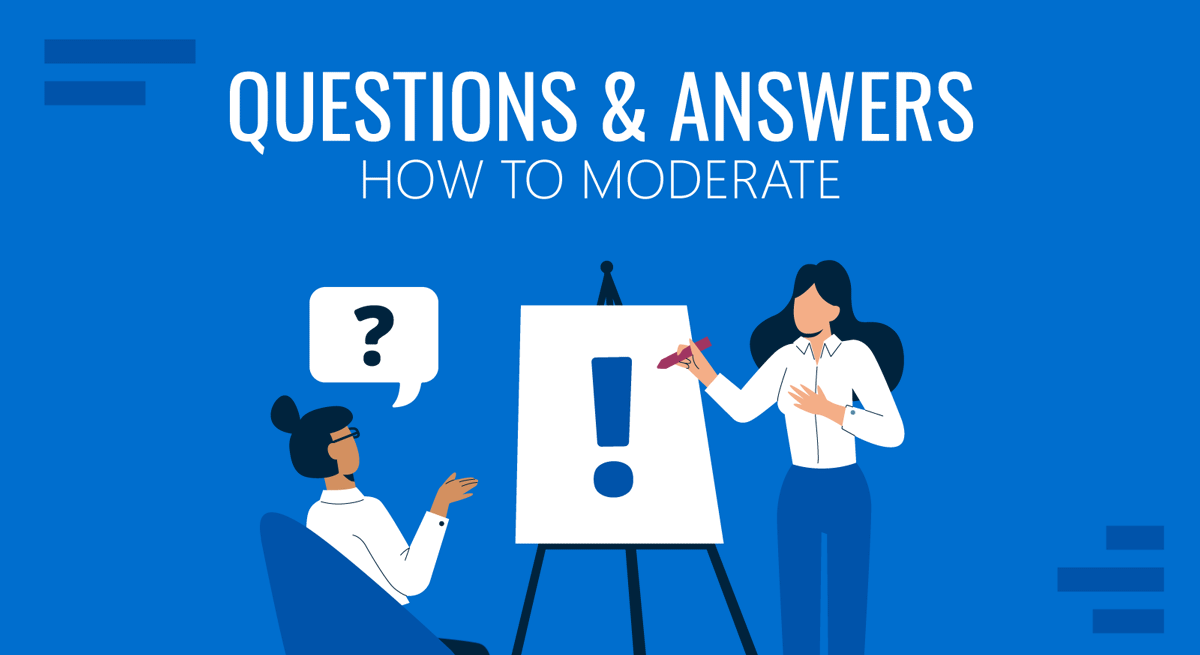
An unconventional question is the one thing that can ruin the presentation you’ve been preparing for. Picture this, you are in the middle of a talk, and someone from the audience shoots a query like a stray bullet. Now, you’re scratching for answers, and your credibility is in maximum exposure.
Questions play a significant role in enhancing the overall effectiveness of a presentation as it allows you to assess the audience’s understanding of the content you presented and engage with them on a deeper level. You don’t want to dodge the queries. Including a well-structured Q&A session within your presentation is vital.
This article explores how to moderate question and answer sessions effectively and how you can prepare for them.
Why Is Question-and-Answer Session Important?
So, why is it important to include a question-and-answer session in a presentation?
Dale Carnegie sums up the importance of questions in various aspects of life in his book, How to Win Friends and Influence People . “Questions are the key that unlocks doors of opportunity and locks out doubt and uncertainty,” he said.
Let’s look at the above quote through the lens of a presenter and break down the benefits that can turn out from a stressful Q&A session.
It provides clarification. During a Q&A session, participants can seek clarifications on any unclear points or misunderstandings. This allows presenters to address any misconceptions by providing additional information or context.
It allows you to overcome objections. Your audience may have concerns or doubts about your arguments. Use the Q&A session to listen to your audience’s concerns and address them directly. You may build trust and win over some audiences.
It demonstrates your expertise. A well-handled Q&A session can showcase your expertise and knowledge on the topic. By providing accurate and thoughtful responses to questions, you can establish yourself as an expert in your field, further reinforcing your credibility and authority.
It provides you with a different perspective. Through the questions asked during a Q&A session, you can gain insights into your audience’s perspectives. This will help you understand the audience’s needs and plan future presentations or business strategies.
Real-Life Scenarios for Q&A Sessions
Business Presentations. Q&A sessions are commonly used in business presentations , such as sales pitches and investor meetings. This allows you to address any concerns or objections of unconvinced prospects and help them arrive at a buying decision.
Training or Workshops. Q&A sessions are often included in training sessions or workshops, where participants may have questions about the material being taught or need further explanations. Q&A sessions can foster active participation, encourage learning, and provide opportunities for participants to seek clarification on concepts or practical applications.
Public Speaking Engagements. Q&A sessions are often included in public speaking engagements, such as conferences, seminars, and webinars. In these scenarios, the Q&A session allows the speaker to interact with the audience, address their concerns, and provide additional information.
Town Hall Meetings. Q&A sessions are often included in town hall meetings or open forums, where employees or stakeholders can ask questions to leadership or management. This allows for transparency, communication, and engagement with the audience, addressing their concerns or feedback.
A question and answer (Q&A) session can be helpful in various business scenarios, but it’s not mandatory for every presentation. Consider the nature of your presentation (is it complex?) and your audience’s needs and time constraints.
How to Prepare for a Q&A Session
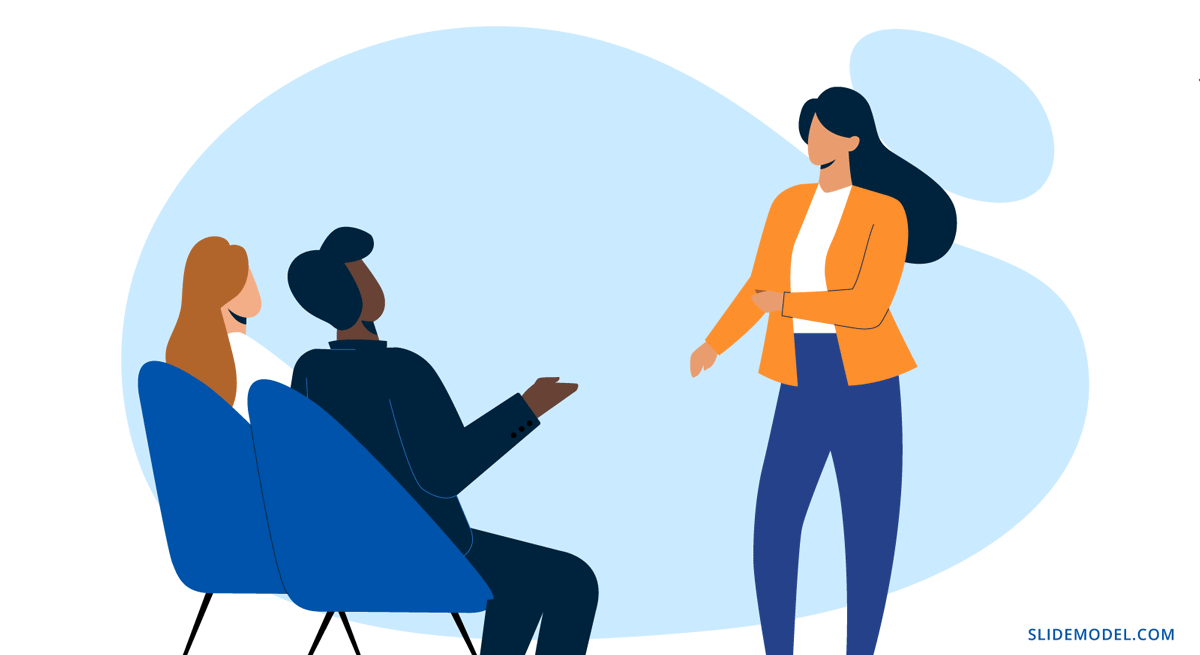
Identify Potential Questions That May Come Up
The groundwork you do for your presentation, such as doing the research and preparing the PowerPoint template , pretty much prepares you for the potential questions that may arise during the big day.
In the planning phase of your presentation, you conduct research and gather relevant information on your topic. This includes identifying key points, data, statistics, and references you will present. Assuming that you don’t skip any of the background work, you’re on your way to answering questions confidently during the Q&A session.
Of course, you also have to consider the background of your audience. What are their demographics or their level of familiarity with the topic? This understanding will help you anticipate their questions and tailor responses that resonate with their perspective.
Establish Clear Guidelines for Questions
It is important to set ground rules on how you would like to address questions to ensure a smooth-sailing presentation. At the beginning of your talk, discuss the flow of your presentation, including when you’ll be entertaining queries from the audience.
If you want them to keep their questions at the end of the discussion, say so and allocate an ample time for Q&A. You should also establish clear guidelines on how they should ask their questions (e.g., raise their hand, submit in writing).
Some presenters would specify topics or areas they are willing to discuss. However, it is dangerous to come across as controlling or restrictive and may negatively impact the dynamics of the presentation.
In a sales pitch , for example, the goal of a Q&A is to build rapport and trust with the prospects. Dictating what questions they can ask may not align with the principles of customer-centric selling.
Encourage Pre-Session Questions
Encourage attendees to submit questions beforehand through email, a designated online platform, or in person. Doing so will provide you with valuable insights into your audience’s specific needs and expectations. It will also help you proactively address their concerns during your presentation without waiting for the Q&A segment.
Collect Questions During the Presentation
Attendees may forget their questions if they have to hold onto them until the Q&A session. Instead of saving all the questions for the end of the presentation , you can actively encourage the audience to submit questions during the presentation itself.
There are several ways to collect questions throughout the presentation. One common approach is to use a live chat or Q&A feature in virtual presentation platforms.
Another approach is to use audience response systems or polling tools, such as Mentimeter, Slido, or Poll Everywhere, allowing the audience to submit or vote on existing questions during the presentation.
The presenter or moderator can then periodically review the incoming questions and pick the most relevant to address in the Q&A.
Best Moderation Practices During Q&As
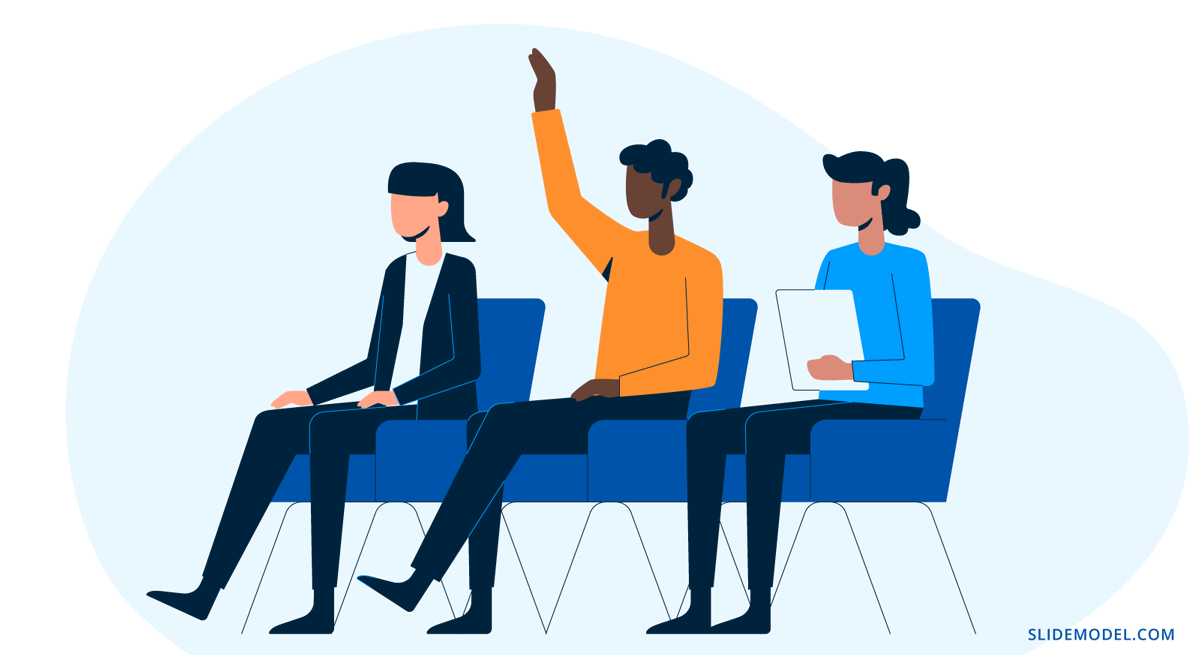
Choose the Right Time to Open the Floor to Questions
If your presentation is interactive and encourages audience participation, you can pause at certain points and invite questions from the audience. This approach can help keep the audience engaged and address immediate clarifications or concerns.
On the other hand, if you dedicated time to questions at the end of the presentation, you can announce when the Q&A portion began. A Q&A slide in the background may also help to set the mood.
Listen to the Whole Question
When moderating a Q&A, listening to the whole question actively is important. If you interrupt the participant before they finish their question, you risk misinterpreting them and missing important details. Jumping to conclusions or assumptions can lead to inaccurate or incomplete responses and may not fully address the participant’s concern.
The best practice is to give your undivided attention to the participant delivering the question and pause to come up with a thoughtful answer. This will also allow you to seek clarification to complex or ambiguous questions.
Keep Responses Succinct and On-topic
When addressing a question, keep it focused and brief. Avoid long-winded explanations or excessive details that go beyond the scope of the query.
The technique here is to structure your response in a logical and organized manner. For instance, you can start by restating the question, followed by your key points and some tangible examples.
Afterward, return to the questionnaire and ask if you can address their concern.
Redirect Irrelevant or Inappropriate Questions
It’s not new to encounter questions from the left field during Q&As. As the presenter, you can refuse to answer irrelevant questions.
However, if you think the questioner is genuinely curious, you may seek clarification to understand their perspective better. You may say along the lines of, “That’s an interesting question. Could you please provide more context or clarify how it relates to our current topic?”
If you still find the question irrelevant, you can politely decline to answer it. You can say, “Thank you for your question, but it seems unrelated to our presentation’s topic.”
Regardless of how you respond, it’s important to maintain professionalism and avoid being dismissive or confrontational.
Dealing With Aggressive or Hostile Participants During Q&As
Sometimes, one audience member will aggressively shoot up their hands to criticize and attack your presentation. And often, you cannot dismiss them. Remember, you must control this situation while still being diplomatic, no matter how tempting it is to push back aggressively.
A good tip from psychology professor Susan Fiske is to focus on what they’re saying rather than how they’re saying it. Avoid getting defensive or reacting emotionally to their tone, as it may escalate the situation.
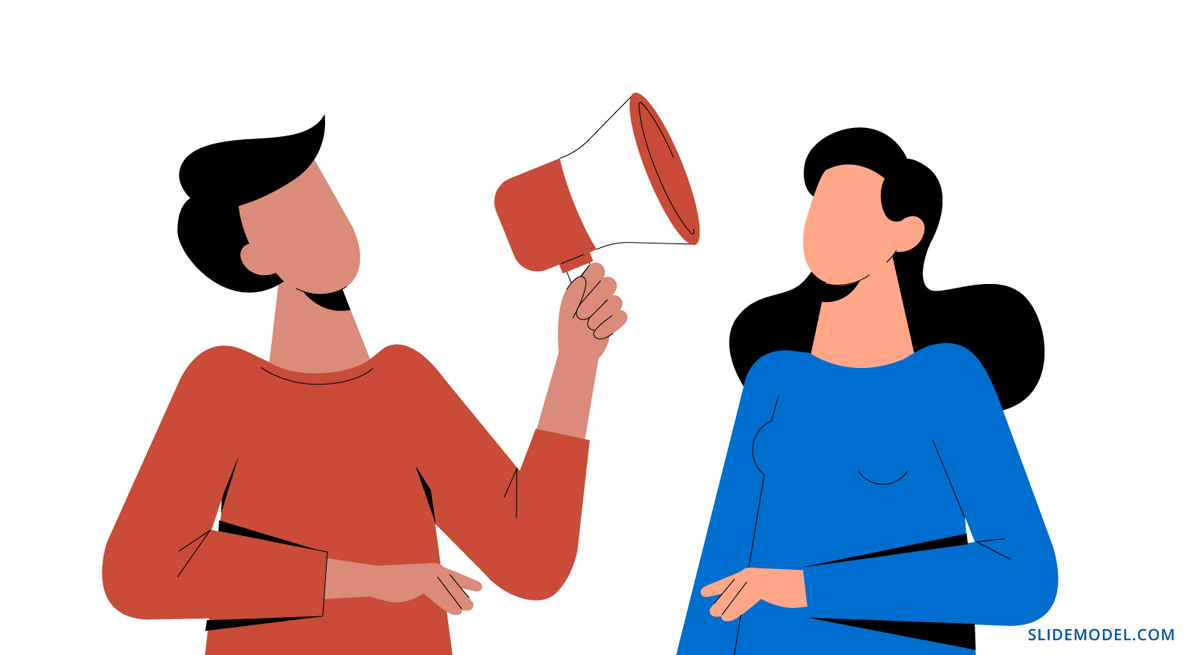
When addressing their concern, start setting the common ground – mention where you agree. For example, you could say, “I appreciate your perspective on this issue, and I agree that…”
Let’s use this in a mock-up scenario.
Audience member: “I don’t think your marketing strategy will be effective; it’s too costly and doesn’t align with our target audience.”
Thank you for sharing your perspective. I appreciate your input on this issue, and I agree that cost-effectiveness and alignment with our target audience are critical considerations in our marketing strategy. The proposed strategy is based on market trends and consumer behavior data and has the potential to yield positive results. We value your input in helping us optimize our strategy, and I would be happy to discuss this further.
By actively acknowledging and expressing agreement, the speaker made the unconvinced audience feel heard while reassuring them that the marketing strategy had been carefully planned.
A Q&A session is important because it provides clarification, allows presenters to address audience concerns, demonstrates expertise, and provides insights into audience perspectives. It enhances engagement and ensures that the audience’s understanding aligns with the presentation’s objectives.
Q&A sessions are commonly used in business presentations, training or workshops, public speaking engagements, and town hall meetings. They serve different purposes, such as addressing concerns, fostering learning, and providing opportunities for feedback.
To prepare for a Q&A session, anticipate potential questions by researching your topic thoroughly and understanding your audience’s background. Establish clear guidelines for when and how questions will be taken, encourage pre-session questions, and collect questions during the presentation to address them effectively.
Best practices for moderating Q&A sessions include choosing the right time to open the floor to questions, listening to the whole question before responding, keeping responses succinct and on-topic, and redirecting irrelevant or inappropriate questions.
When dealing with aggressive or hostile participants, focus on what they are saying rather than their tone. Avoid getting defensive or reacting emotionally. Instead, acknowledge their concerns, express agreement where possible, and respond diplomatically to maintain a respectful dialogue.
Yes, you can refuse to answer irrelevant questions. Politely redirect the conversation back to the topic by saying something like, “Thank you for your question, but it seems unrelated to our presentation’s topic.” Ensure you remain professional and avoid being dismissive.
Questions can be collected during a presentation using live chat or Q&A features on virtual presentation platforms or audience response systems and polling tools like Mentimeter, Slido, or Poll Everywhere. These tools allow the audience to submit or vote on questions in real time.
Encouraging pre-session questions allows you to gain insights into your audience’s needs and expectations, helping you prepare better and proactively address their concerns during your presentation.
If a question requires a lengthy response, provide a brief answer and offer to discuss it further after the presentation or in a follow-up. This ensures that the Q&A session remains concise and on-topic without deviating from the overall flow of the presentation.
To ensure a smooth Q&A session, set clear guidelines on how questions will be handled, manage the time allocated for questions, prioritize relevant queries, and maintain a professional tone throughout the session. Effective preparation and moderation skills are key to running a successful Q&A.
As you can see, a well-structured and effectively moderated question-and-answer (Q&A) session can greatly enhance the overall effectiveness of a presentation. By preparing for potential questions, setting clear guidelines, encouraging pre-session questions, and collecting questions during the presentation, you can be better equipped to handle questions from the audience.
Use the moderation tips we’ve provided in this article, so you can confidently navigate Q&A sessions and maintain your credibility with your audience.
Like this article? Please share
Presentation Skills Filed under Business
Related Articles

Filed under Presentation Ideas • August 29th, 2024
How to Make a Presentation Longer: 7 Strategies to Master
Extend your talk in style. Join us to discover how to make a presentation longer while providing a high-end experience to your audience.

Filed under Presentation Ideas • August 22nd, 2024
How to Write a Presentation Script
The script of a speech is a vital aspect for a presentation’s success. Join us here to learn the process of writing a presentation script.

Filed under Google Slides Tutorials • July 25th, 2024
How to Hide a Slide in Google Slides
Hiding a slide in Google Slides is a task that takes less than a minute. Learn how to quickly implement this tool for your presentations in this article.
Leave a Reply
How to Manage Question and Answer Sessions (Q&As) in Your Presentations
Allowing the audience to ask questions after a presentation is a popular way to finish, and it has many advantages. You get direct contact with your audience, and the chance to clear up any ambiguities. It’s a good way to show commitment to and interest in your audience and gives you the opportunity to really deepen participants’ knowledge of your subject.
However, Q&A sessions are not risk-free; they can get out of hand pretty quickly if you don’t manage them properly. Questions unrelated to the topic pop up, criticism of the presentation swells in volume, or someone wants to make a name for themself and hogs all the speaking time, leaving others frustrated. Good management of Q&A sessions involves excellent advance planning and a certain tact and sensitivity.
The following tips will help you get the most out of your Q&As.
Respond to Questions Positively
Always answer questions positively and with gratitude. Creating a good atmosphere in which no one is afraid to speak out is paramount. A simple “Thanks for your question” or “Thanks very much; you raise an interesting point” before you answer in detail helps to ensure this.
Repeat the Question
It is really important to repeat every question. Most of the time, there’s no microphone for the audience to use, so the only way to ensure that everyone has heard the question is for you to repeat it. Not only will all your audience then get something from the answer, but you will (hopefully!) prevent the same question being asked more than once.
Thoughtful Answers Need Thinking Time
It is important to give well thought-out and structured answers, even if you need a bit of thinking time. Resist the urge to respond immediately; take the time you need to give a clear answer. Audiences are more patient than you might think and will appreciate not being fobbed off with a shoddy or bungled answer.
Restate Irrelevant Questions
Chances are that at least one question in your Q&A will be nothing to do with the topic at hand. With a little practice, however, you can restate such questions to make them fit in the context and allow the answer to create added value for your audience. You need to work out which aspects of the question do fit the presentation and reword the question to focus on them.
Allowing random questions can sometimes be a challenge! Thinking about how to reshape any question to make it relevant does wonders for your self-confidence, though. With good preparation and a little practice, the benefits can outweigh the disadvantages and really liven up your Q&A sessions.
Prepare for Q&As Thoroughly
Before any Q&A it’s vital to have a good think about what questions might arise. Once you’ve finished creating your presentation, study it carefully with this in mind, noting any possible areas which could be questioned. This way, you can think of possible answers, meaning you’ll be far more secure in the Q&A. A trial run in front of a test audience can also be useful, especially if you encourage them to ask absolutely anything! If there are any questions you really don’t want asked, you can modify the content of the presentation to avoid them.
You will come across as particularly professional and well prepared if you’ve prepared a few extra slides containing additional information, graphics, etc, specifically for the Q&A session. The content for these flows naturally from imagining what you might possibly be asked.
Establish the Rules in Advance
Are you going to allow questions during your presentation or leave them until the end? Or both? Decide beforehand when questions will be allowed; this is totally up to you. Experienced speakers are usually not put off by questions during the presentation. Leaving questions until after the presentation, though, is just as legitimate, prevents interruptions and also facilitates time management. If you’re an inexperienced or nervous speaker, this is probably a better way to organize things.
Q&As vs. Discussion
When planning your presentation, you need to think about how much discussion (as opposed to single questions and answers) you are comfortable with. Intense discussions can of course be interesting and enriching, but there’s a risk of them being dominated by a particular person or faction, leaving the rest of the audience irritated. You can head such situations off with sentences like “I think we should let someone else have a say now”, or offer to continue the discussion at a later date. It’s up to you.

React Calmly and Confidently to Aggressive Questions
There’s generally at least one troublemaker at every Q&A. They try to corner you with negative or aggressively formulated questions (often several at the same time). Often people who know the topic well, and can rebut your answers, their underlying intention is definitely to provoke. In such a situation you need to react confidently and not go on the defensive.
The trick is to remain calm and in control, and try to turn the conversation in a positive direction. Conceding that they have a point, or that you agree with certain of their reservations, creates perceived agreement; this can defuse the aggression.
Another bugbear is questions which were already answered comprehensively in your presentation, so it’s obvious that the questioner wasn’t actually listening. In this situation, try to avoid making them look foolish in public by such phrases as “As I’ve already explained …” – the best tactic is simply to answer the question in a calm and friendly manner.
How to Manage a Flurry of Questions
Some people will throw several questions at you at the same time. It’s almost impossible to keep them all in mind while answering. So the best tactic here is to choose an easy question and answer it thoroughly, allowing the questioner to follow up on it and the other topics to build organically into the discussion. Asking “So, you had another question?” will either elicit a repeat of an important question, so you can answer that with the attention it deserves, or, interestingly, you will have covered the ground in the preceding discussion, and the questioner will declare themselves satisfied.
Don’t Guess!
You don’t have to have an immediate answer for every single question. Someone in the audience may have new information, or perhaps you don’t have the relevant figures to hand. Bluffing in such circumstances is a very weak response and can turn people against you. Honesty really is the best policy here: if you don’t know the answer, admit it!
If you want to answer but need to make assumptions to do so, you have to make it very clear that you’re proceeding on assumptions, and state what they are.
Either way, you can promise to contact the questioner with an answer later if that works for you.
Exercise Discretion
Some questions can’t be answered; others mustn’t be answered. These might involve such things as internal company matters or data protection issues. An answer such as “I’m sorry, but I’m not allowed to say anything about that” might get your point across, but is a bit harsh and dismissive. It works far better to invoke your audience’s sympathy with something like “I’m sure you’ll understand that I can’t …”.
Set Boundaries
Sometimes Q&A sessions come to a close naturally, simply because the questions dry up. However, you can’t automatically assume this. Have a plan in place to prevent the Q&A dragging on forever. You can do this at the beginning by clearly specifying a certain number of questions or a particular time frame for questions. If you prefer to leave the Q&A more flexible, then have a few phrases prepared that will bring things elegantly to a close, for example, “We still have time for one last question”.
In an Emergency: Break the Silence at the End of Your Presentation!
Even if you’ve prepared thoroughly for questions after your presentation, nasty surprises happen. Like the time when your cheery “So, any questions?” is met with deafening silence. Most of the time, this has nothing to do with how well you presented, and a lot to do with the reluctance of the individual members of your audience to speak up. It might help to phrase your invitation to speak more gently, e.g. “I’d love to answer any questions you might have”.
You could also start the Q&A session with something like “What people often ask about this is …”. This often leads to follow-up questions and breaks the ice. Questions to the audience, such as “So what’s your experience of this topic?” can help. You could also prime a third party (maybe the moderator, if you have one) with a few initial questions, to warm the audience up.
Armed with this knowledge, and having prepared thoroughly, you’ll find that Q&A sessions can be not just survivable, but actually interesting and informative. New perspectives are suggested, new options appear. Your hard work has reaped rich rewards. Good luck!
Share this post
- share
- save

Design Thinking: Problem Solving with a Difference

Why Corporate Mission Statements Are So Important

7 Tips & Learnings from the Apple Keynote
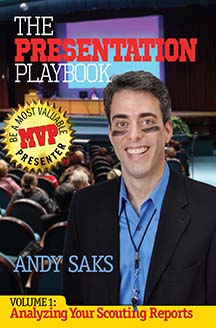
NOW AVAILABLE! The Presentation Playbook Series
- Trade Show Presenter
- Testimonials
- Trade Show Staffing
- Sample Videos
- Seminar Speaker
Spark's Presentation & Public Speaking Blog
- 7 Tips to Encourage Audience Questions in Your Presentation Q&A
September 19, 2017
Ever seen a presenter ask “Any questions?” at the end of their presentation, and heard only crickets from the audience?
In my work as a professional emcee and trade show presenter , I see it often, and it always makes me cringe because it’s so awkward, and so completely avoidable.
Asking for questions and getting none kills a presentation’s momentum. It usually goes like this:
- The presenter, having run out of content, asks “Any questions?”
- The audience, having no questions, freezes in place.
- Everyone thinks they hear crickets, though there are none in the room.
- The presenter, getting no questions, says, “OK, I guess I’m done.”
OUCH. How’d that happen?
Chances are, you caught your audience by surprise. They didn’t know you’d take questions, so they didn’t think of any. When you asked, you caught them off guard.
I want your next presentation to end with a bang, not a whimper. So try these tips to encourage questions:
1. PREPPING YOUR Q&A: PRIME YOUR AUDIENCE
> TIP THEM OFF EARLY: As you start your presentation, tell your audience: “I’ll take all your questions at the end, so write down your questions as you think of them along the way.” That’ll get them active thinking of questions throughout your presentation.
> REMIND THEM: A few minutes before you take questions, say: “I’ve got one more slide to cover, then I’ll take your questions.” That’ll remind them to think of some questions if they haven’t yet.
2. STARTING YOUR Q&A: GIVE THEM A NUDGE
> LEAVE ROOM: Starting a Q&A with little or no time left discourages questions; your audience wants to leave on time too! Instead, carve out 5-10 minutes or more for questions (and cut some content to make room if needed; your audience prioritizes the information they want to get over the information you want to share).
> USE A PLANT: Have a “plant” in the audience who’ll ask the first question (one you’re comfortable answering), which encourages other audience members to ask (and saves them the awkwardness of going first) and gives them time to think of something to ask.
> CHANGE YOUR PHRASING: Your audience may interpret the phrase “Any questions?” as a sign that you don’t expect or even want questions, which discourages them from asking. Instead, encourage questions by phrasing your question with a more upbeat, expectant tone: “Who’s got a question?” or “Who’d like to go first?”
> ASK IT YOURSELF: Ask yourself a common question: “One question I get often is…” Then answer it. Again, this encourages the audience to follow suit, and gives them more time to think of a question.
3. ENDING YOUR Q&A: ADD THAT BANG!
Q&A or not, ending your presentation by saying you’re ending your presentation (“OK, I guess I’m done”) will end your presentation with a whimper. You can easily replace that whimper with a “bang” by restating your main takeaway and thanking your audience:
“Folks, I hope my presentation has shown you that when it’s raining and you want to stay dry outside, use an umbrella! You won’t regret it. Thanks so much for your time.”
And thank you so much for your time!
by Andy Saks
Posted in: Sparky Says: Presentation & Public Speaking Tips | No Comments
Add your comment
Leave a Reply Cancel reply
Your email address will not be published. Required fields are marked *
Save my name, email, and website in this browser for the next time I comment.
Notify me of follow-up comments by email.
Notify me of new posts by email.
Search Spark’s Blog
| ||||||||||||||||||||||||||||||||||||

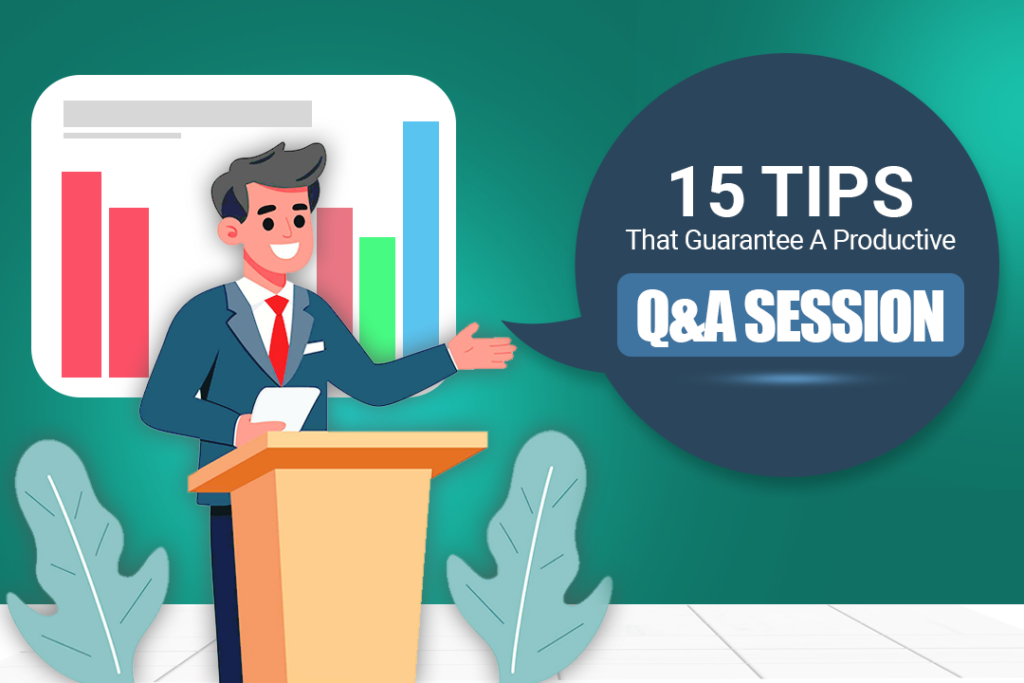
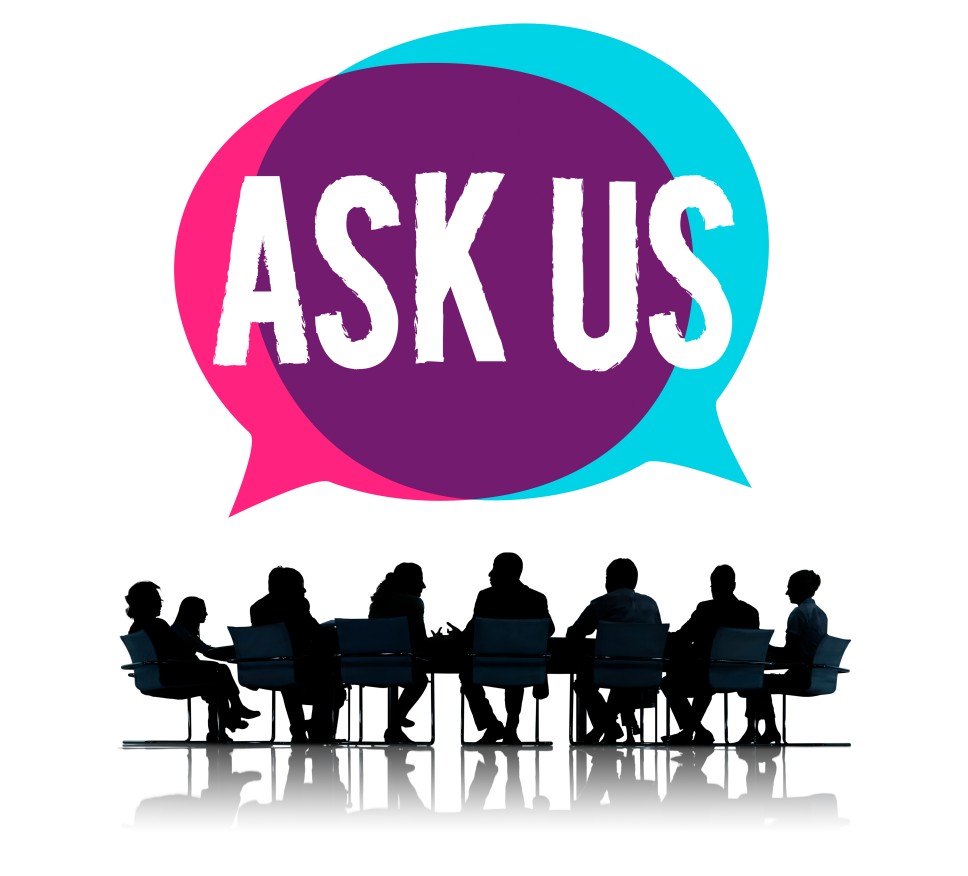

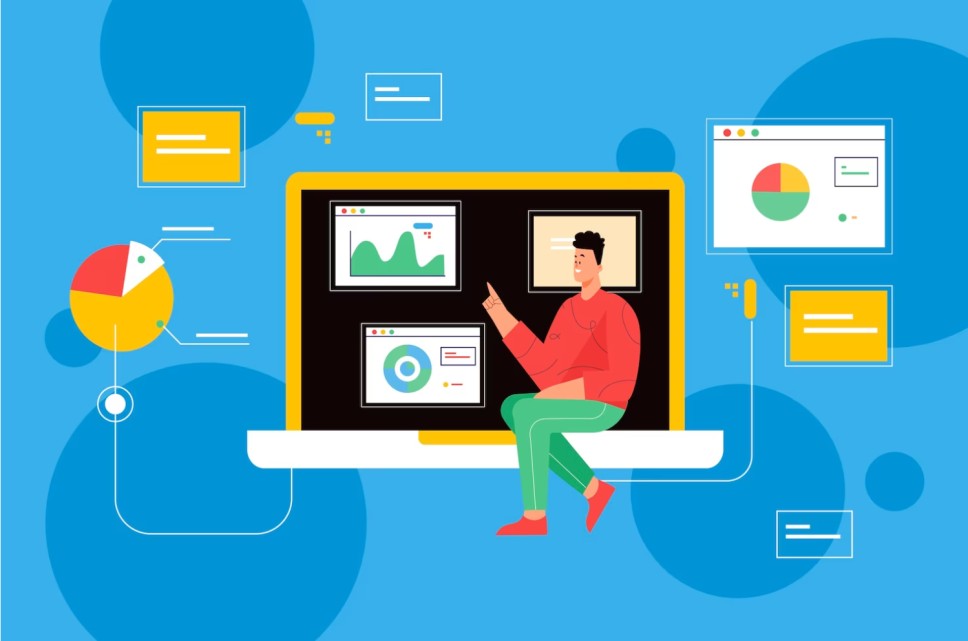
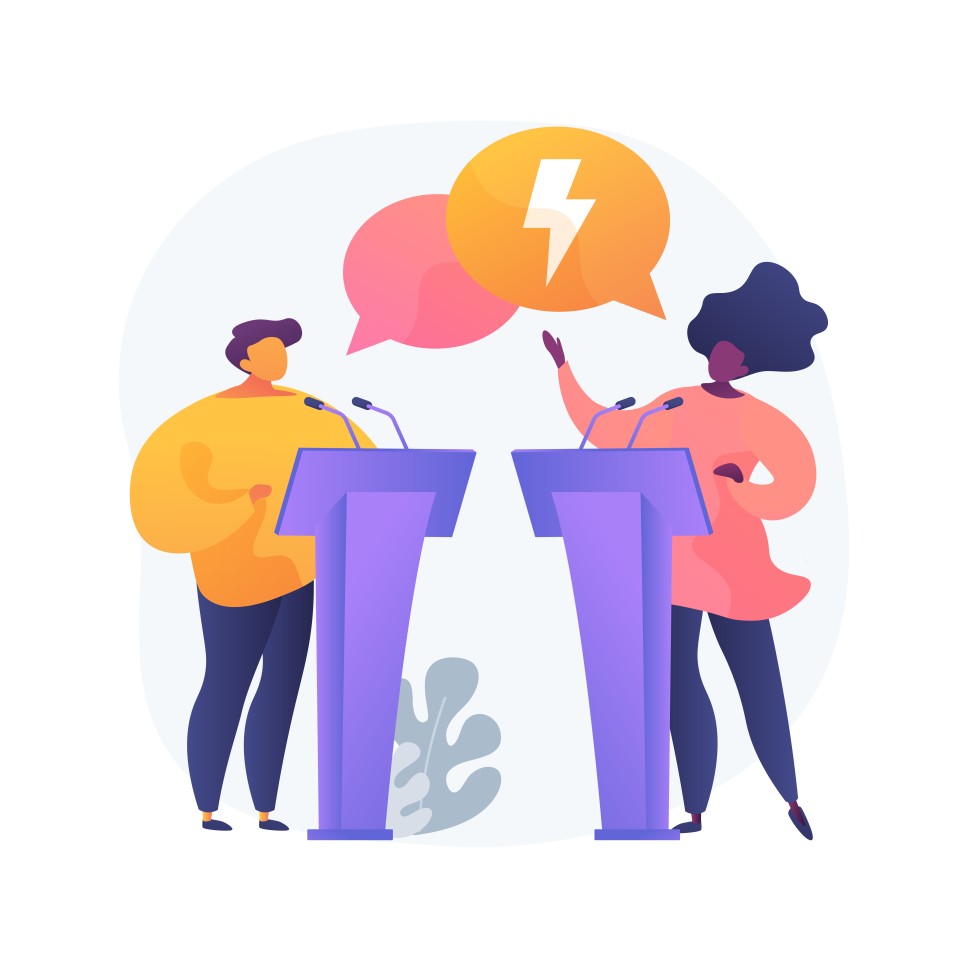


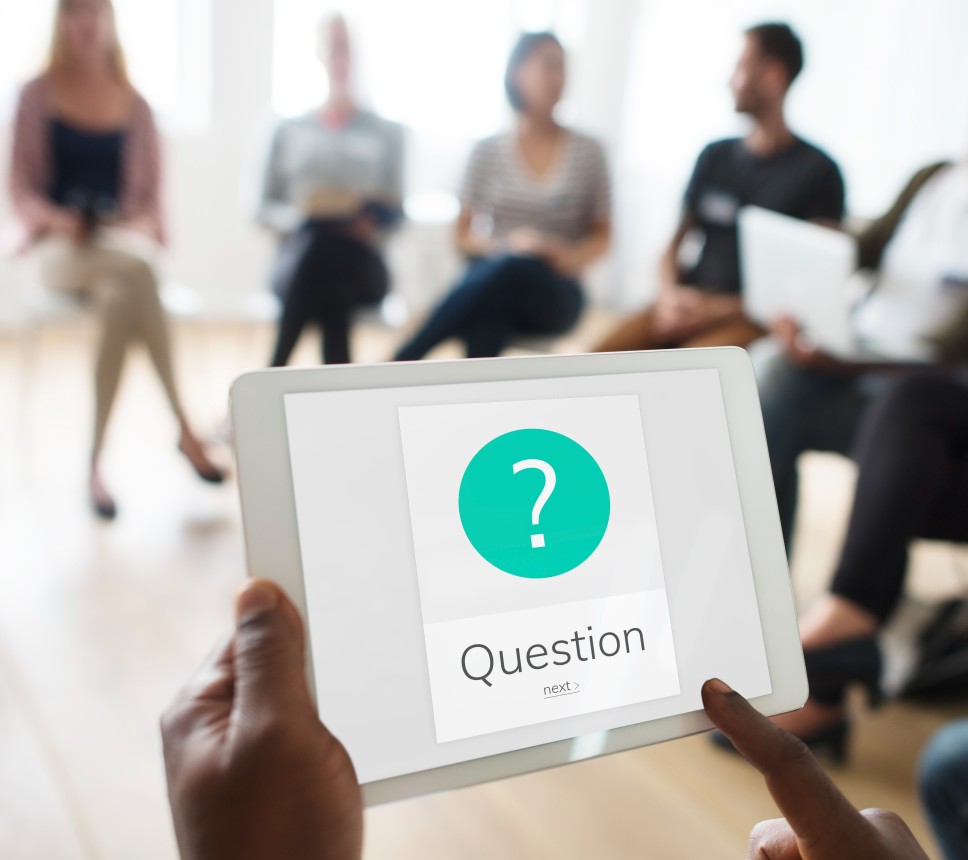


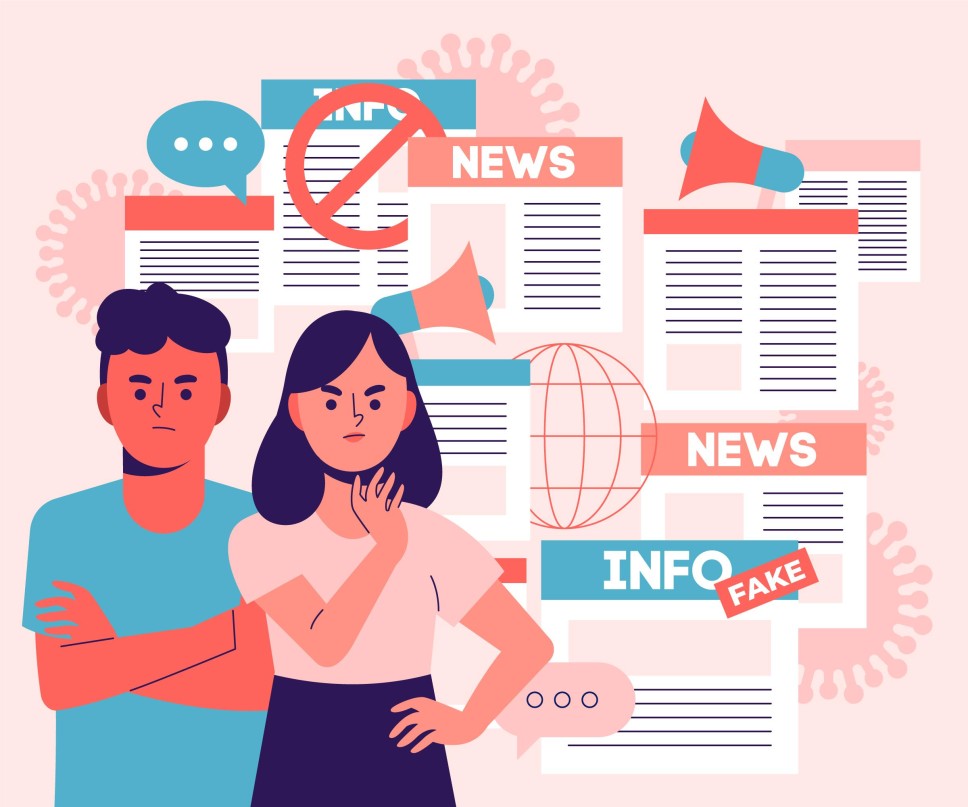
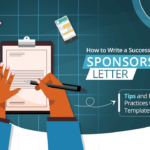







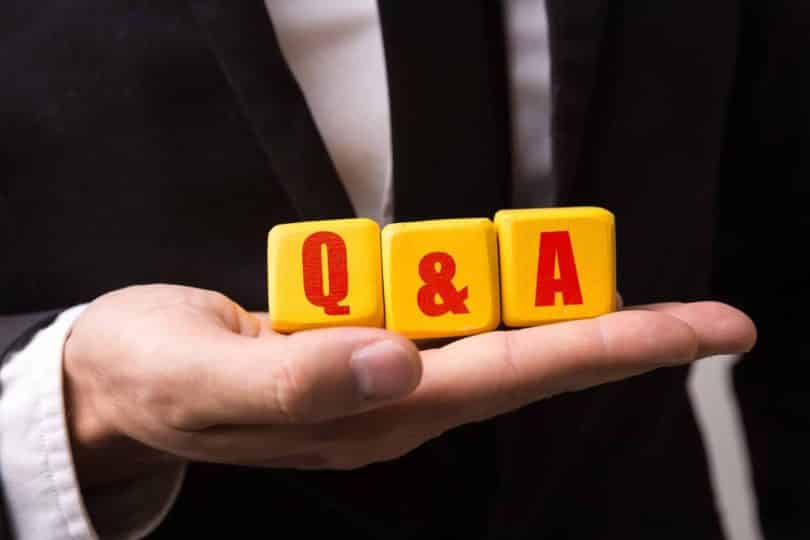
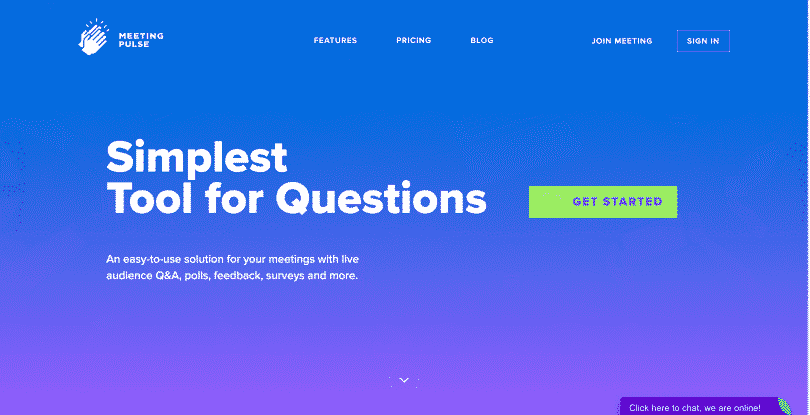



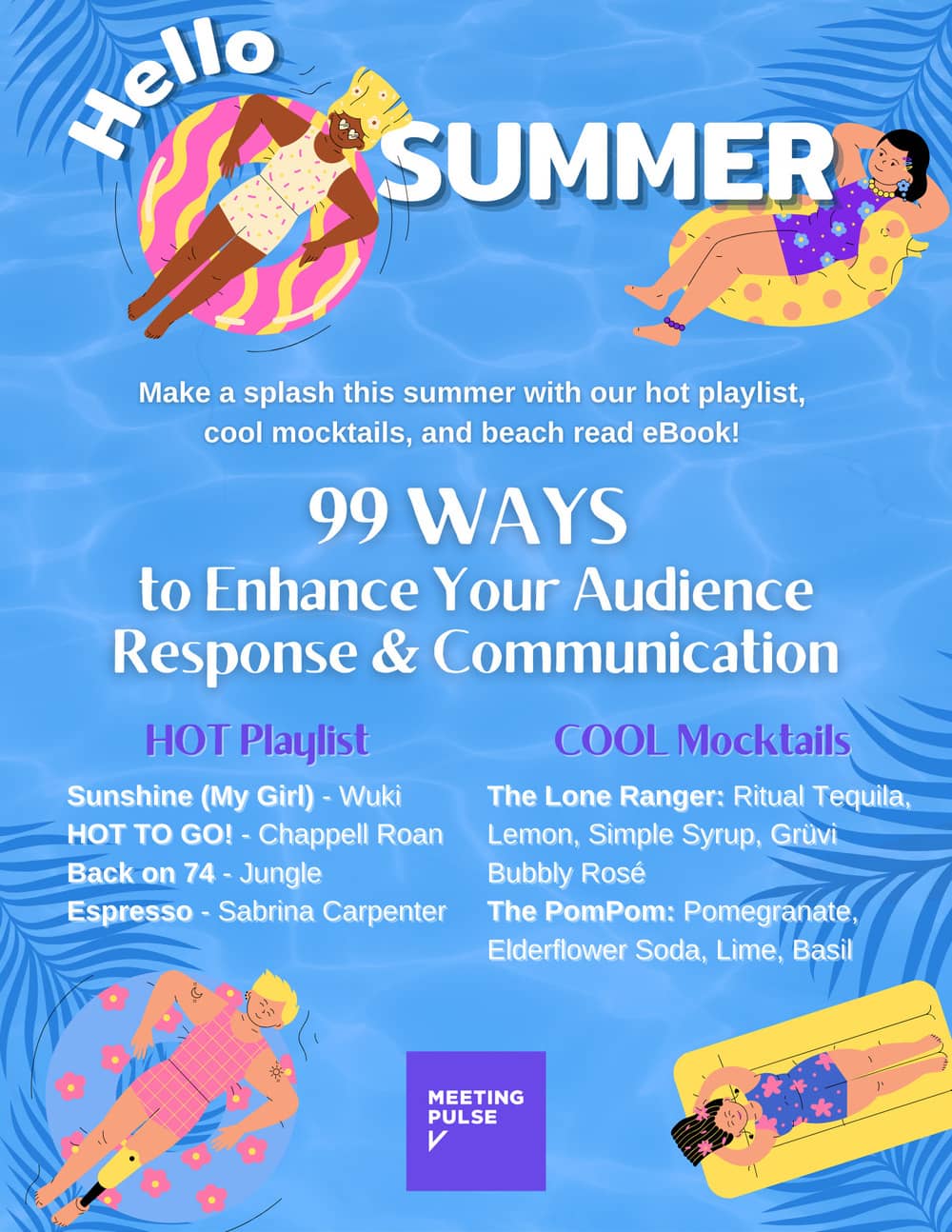








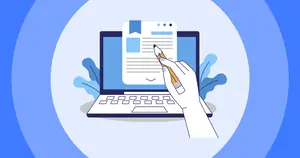

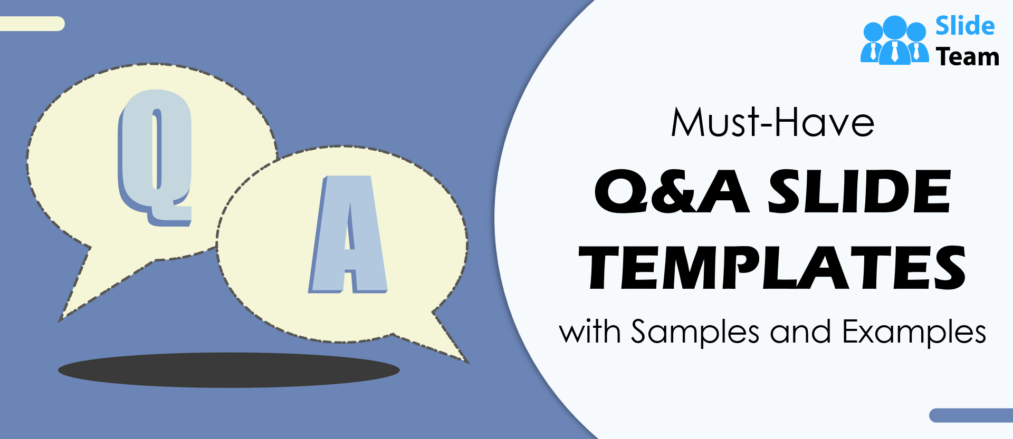
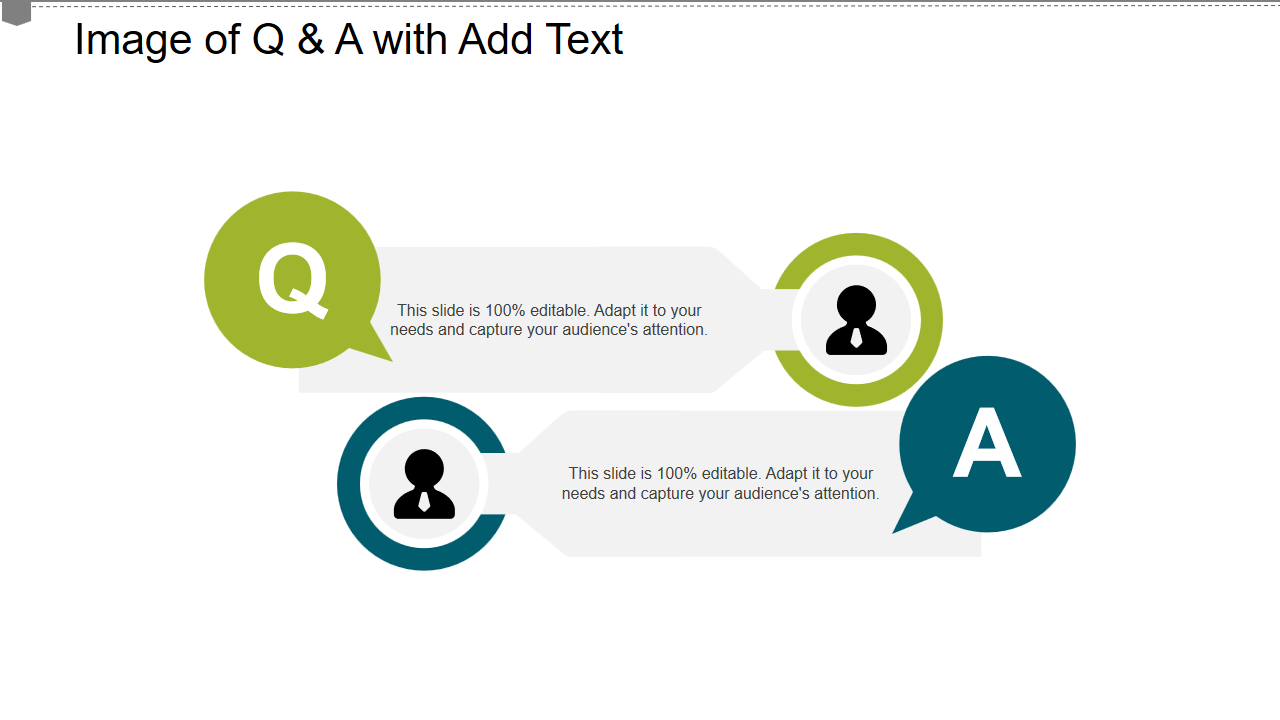
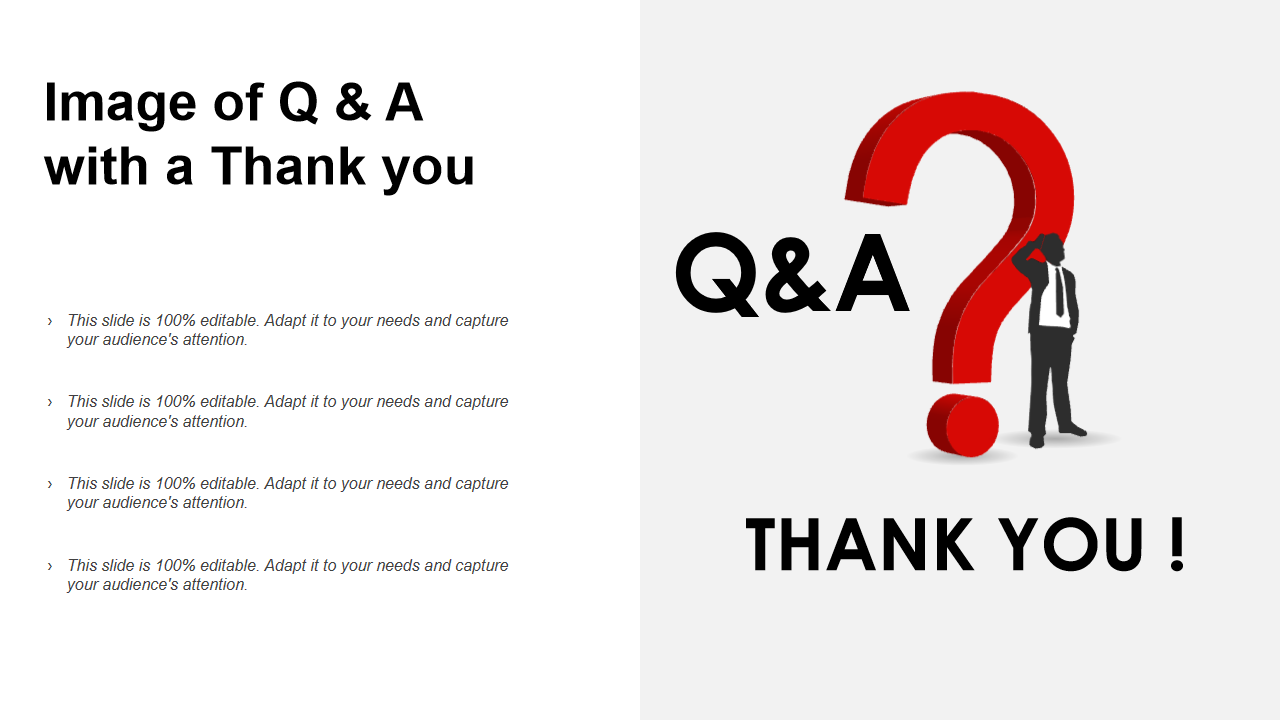

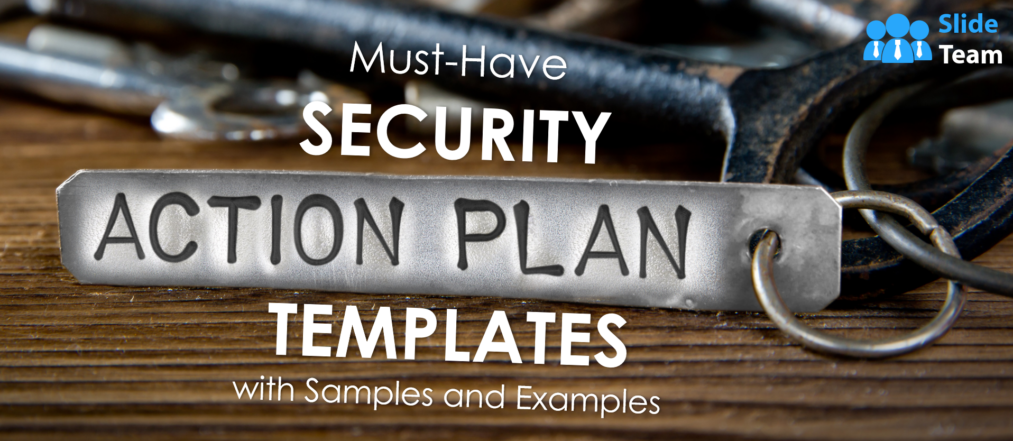








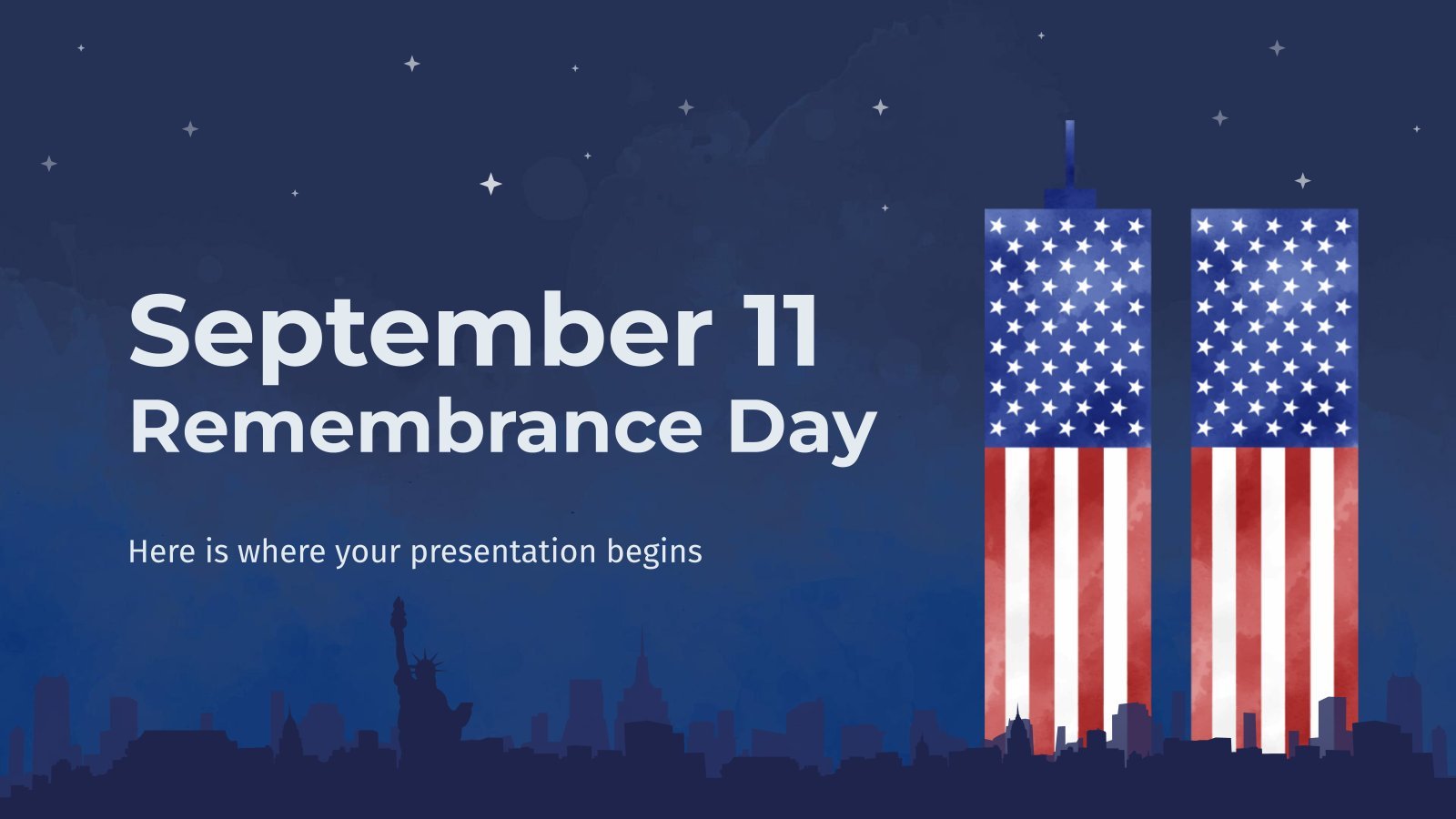










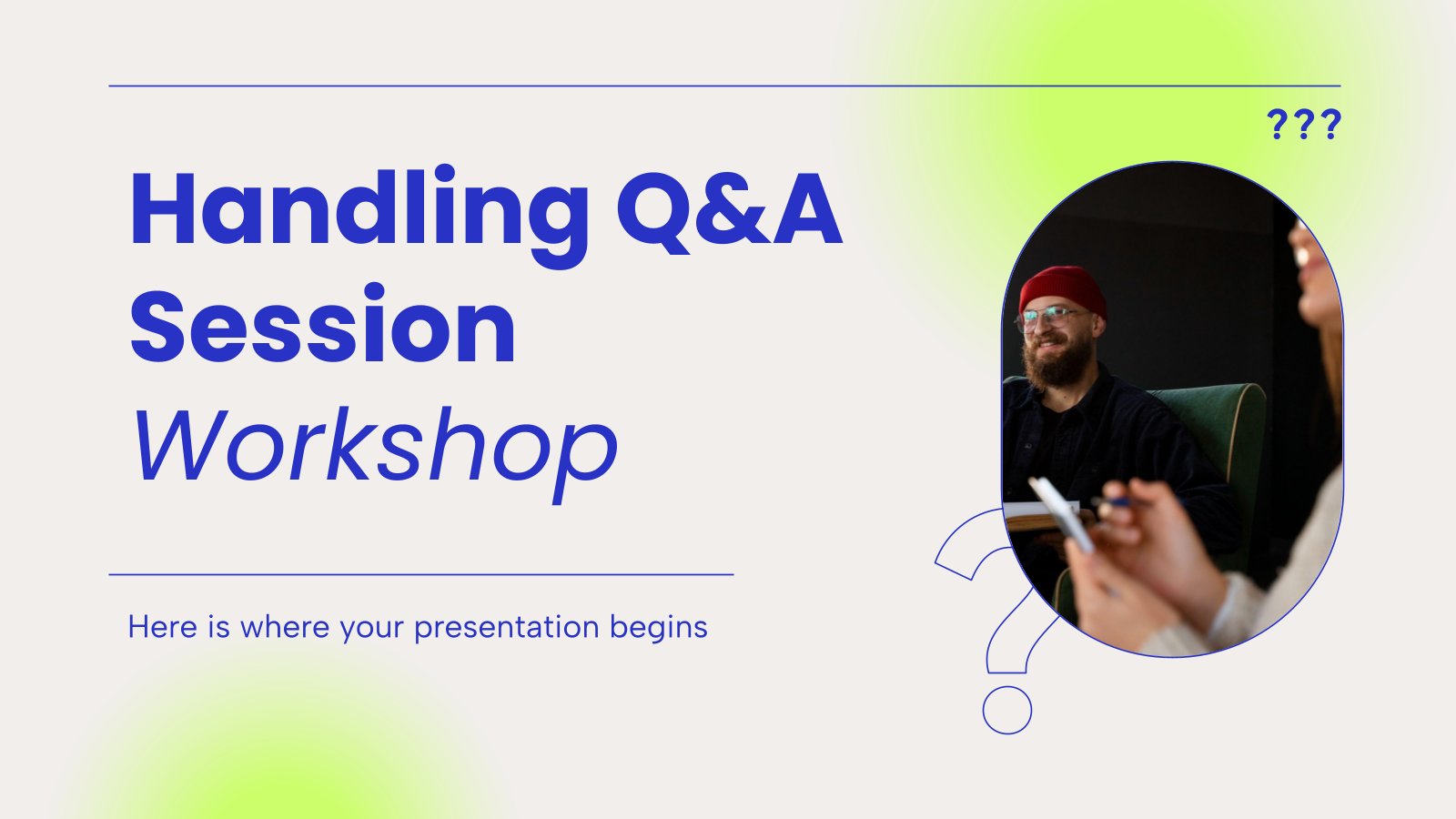


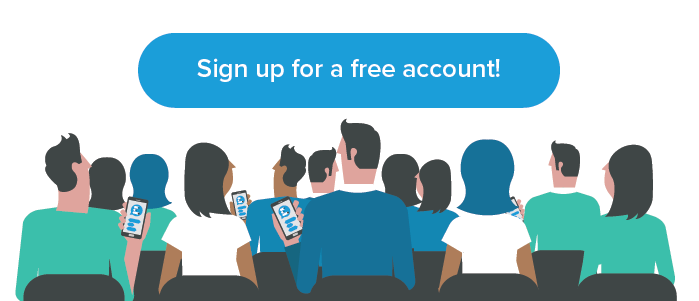
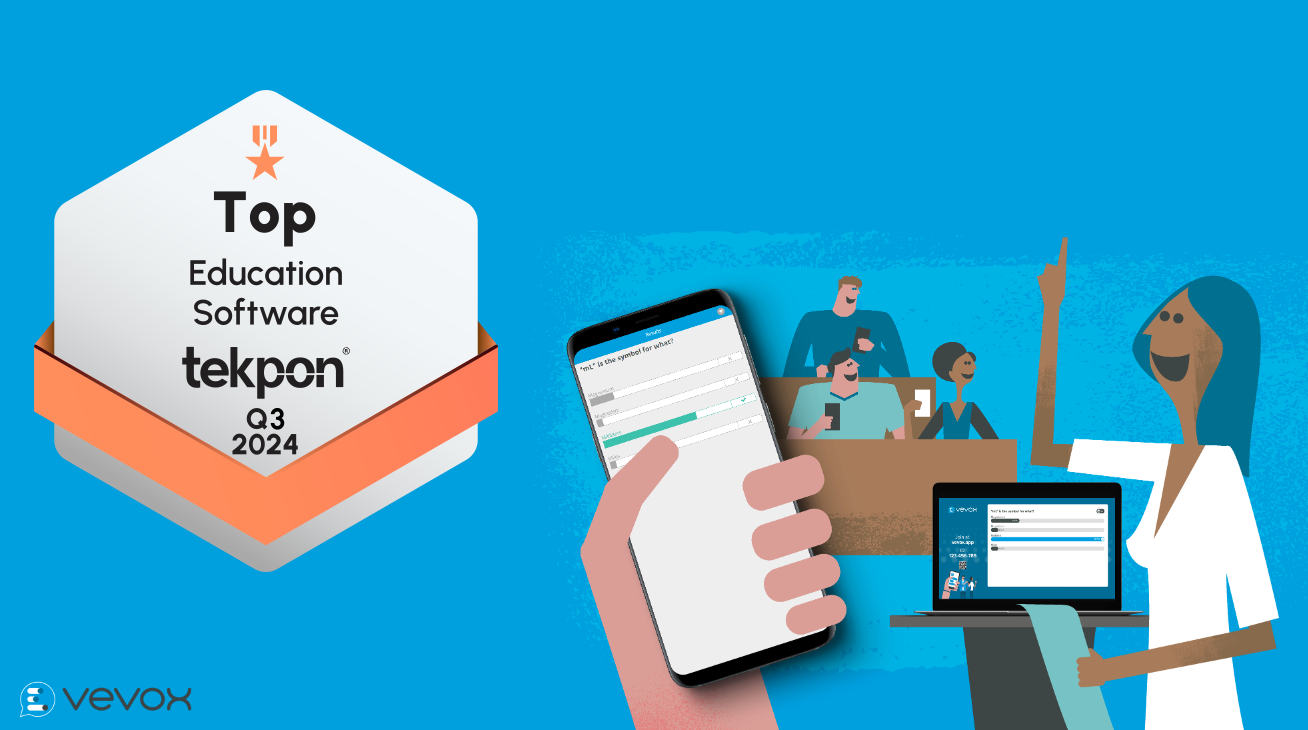
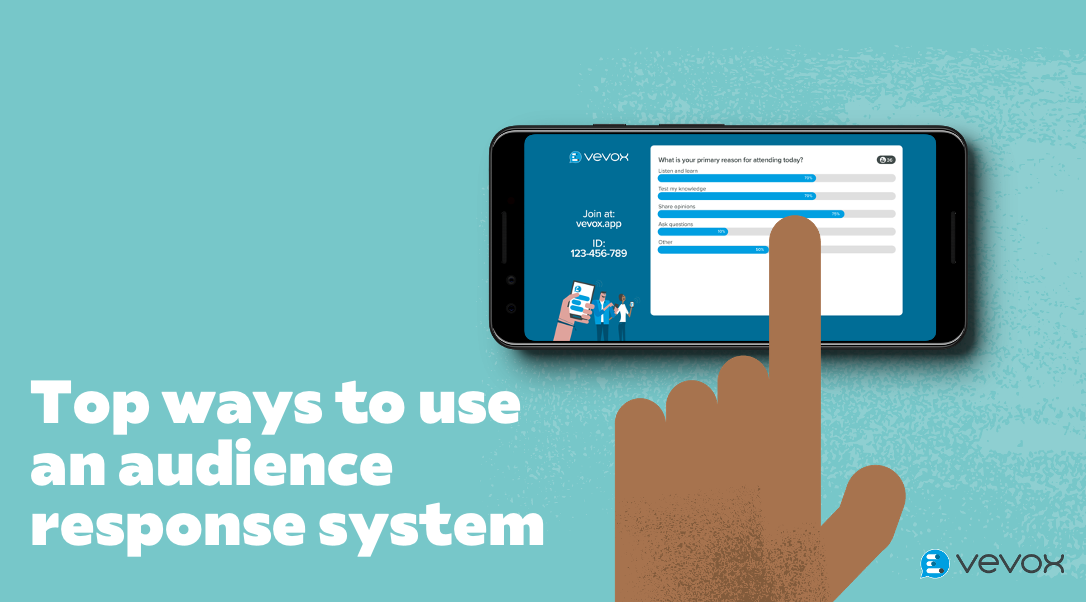
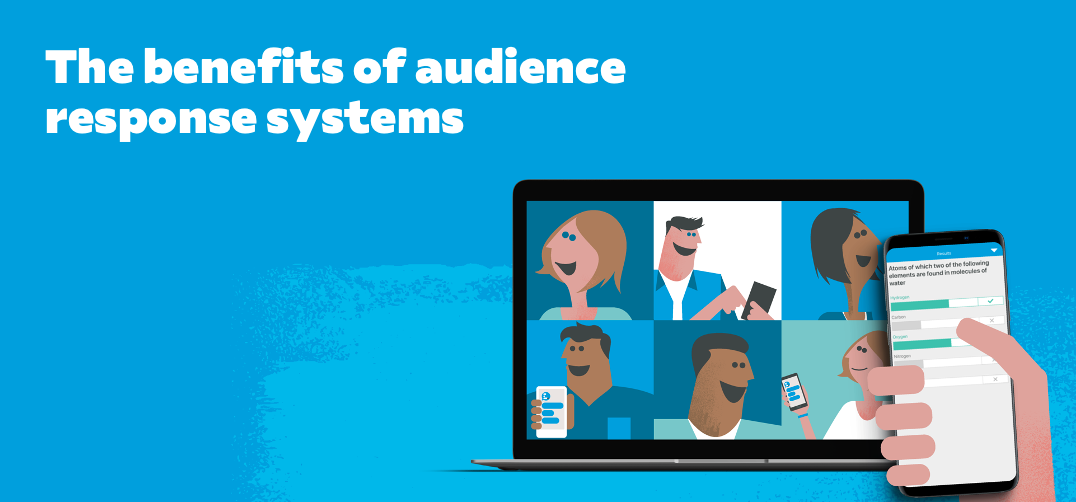
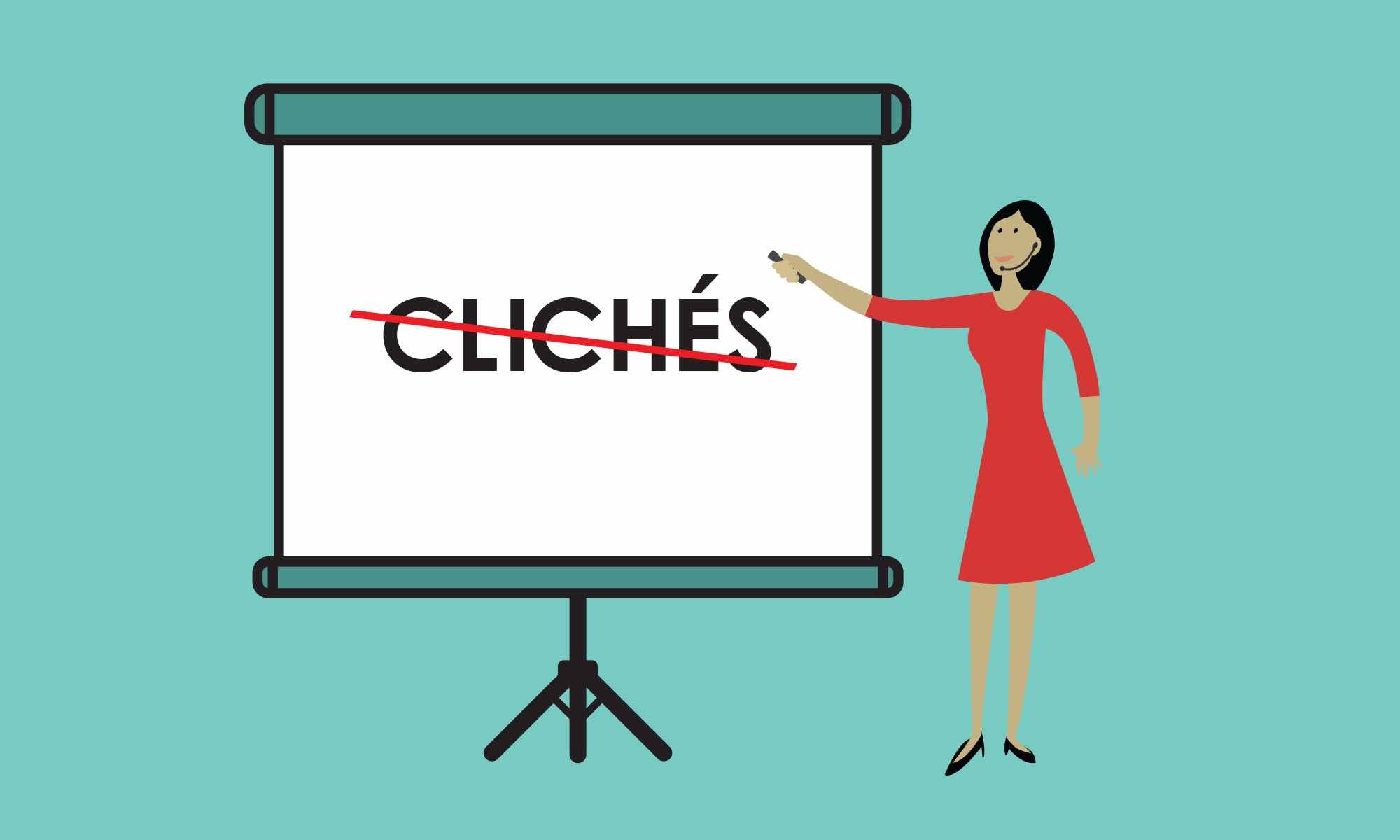
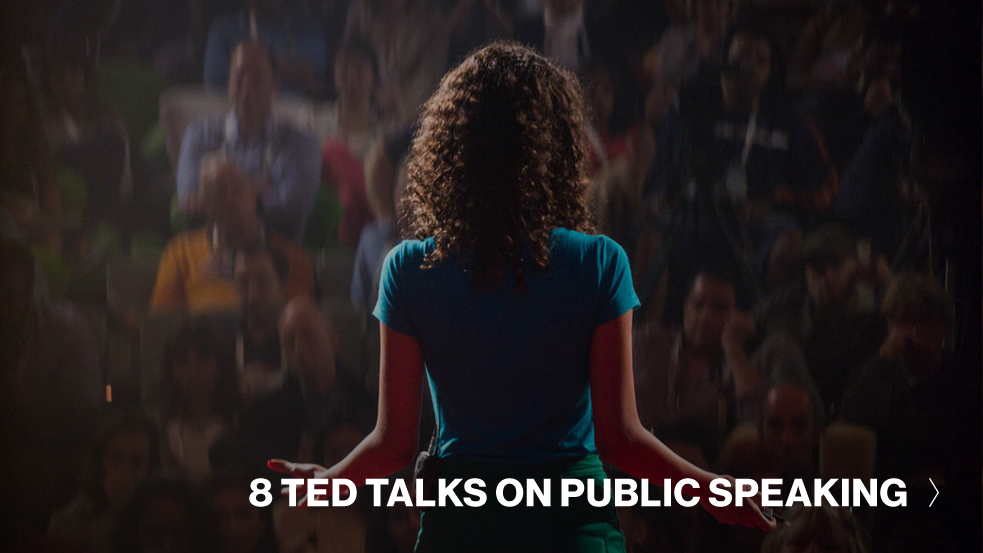






IMAGES
VIDEO
COMMENTS
Beforehand, think through the types of questions audience members might ask. Put yourself in your shoes and ask yourself what concerns they might have about how your message impacts their job ...
5. Library PowerPoint Template. The Library template has several great slide designs that can be used to make impactful Any Questions final slides. The template comes with image placeholders and three premade color schemes. It was designed in widescreen resolution and is easy to edit.
Q&A questions, short for "Questions and Answers", are inquiries posed by an audience or participants to the speaker or presenter during the Q&A session of a presentation. This Q&A segment typically follows a presentation, a talk or a lecture, providing the opportunities for the audience to seek clarification, ask additional information, or ...
A Q&A session at the end of a presentation is a common practice in many professional settings, including business meetings, academic lectures, and conferences. It provides the audience with an opportunity to seek clarification, engage with the speaker, and delve deeper into the topic discussed.
Prep for Your Presentation Q&A Session Today. As we've seen, the Q&A session doesn't have to be a nightmare. With the right preparation you can handle presentation questions efficiently and respectfully while still coming across as the expert. Don't forget that you can create an eye-catching presentation with premium templates from Envato Elements.
If the Q&A will be after a presentation then allocate 15 minutes for questions at the end. If there is more than one presenter, you may want to allocate more time. For panel discussions, where there is no presentation and the majority of the time will be spent on questions and discussion, try to dedicate the majority of the time to the ...
1) Q&A Objectives A good Q&A session is more than just an allocated time slot for your audience to ask random questions. The purpose of a Q&A like any presentation, speech or pitch needs to have a clear objective that meets the goal at the end of the day. That means making it evident of the direction you want the session to go.
Why is a question-and-answer (Q&A) session important in a presentation? A Q&A session is important because it provides clarification, allows presenters to address audience concerns, demonstrates expertise, and provides insights into audience perspectives. It enhances engagement and ensures that the audience's understanding aligns with the ...
Sometimes Q&A sessions come to a close naturally, simply because the questions dry up. However, you can't automatically assume this. Have a plan in place to prevent the Q&A dragging on forever. You can do this at the beginning by clearly specifying a certain number of questions or a particular time frame for questions.
So try these tips to encourage questions: 1. PREPPING YOUR Q&A: > TIP THEM OFF EARLY: As you start your presentation, tell your audience: "I'll take all your questions at the end, so write down your questions as you think of them along the way.". That'll get them active thinking of questions throughout your presentation.
2. Structure the Session. Plan how the discussion will go and what will be discussed for a good Q&A session. This strategy helps more people participate, keeps things organized, and makes the session impactful. This is how you do it: Begin by outlining the session's goal, objectives, and any participation rules.
A Q&A session following a meeting or a Q&A session after a presentation to clients or customers makes listeners feel heard and creates a sense of connection to the topic. Meeting Pulse is a live audience platform that's all about engagement. We understand the importance of making your team or audience feel involved, included, and valued ...
Don't think of Q&A as the last few minutes of your presentation. The value of a Q&A session lies in its ability to connect the presenter and the audience, so make the most out of this time, firstly by dedicating more to it. An ideal time slot would be 1/4 or 1/5 of your presentation, and sometimes the longer, the better. For example, I recently ...
To effectively provide insights into the business challenges that your company must face, we have devised excellent q&a slide templates that give you the flexibility to frame your questions and change the icons, images, or patterns per your business norms. It is customizable, editable and content-ready. You are just a step away from getting ...
Leading the Perfect Q&A. A great Q&A session (#16 on my list of 25 essential skills for a public speaker) does not materialize just because you (or the event organizers) include it on the agenda. A great Q&A session - one that adds value to your presentation - requires planning and thoughtful contributions from both the audience and the ...
The Q&A or fireside chat has become a popular format at events like conferences and employee town-halls, replacing more-formal presentations and panels. But to make the format work, the person ...
4. Appoint a Q&A moderator. To make your Q&A even more effective, have a dedicated person to moderate the discussion. What actually works really well is running your Q&A session as a natural conversation. Have your moderator read each question out loud and assign it to a concrete person to answer it.
They enjoyed being able to submit questions online the moment they thought of them instead of having to remember them until the end of the presentation. Some students also chose to submit questions anonymously. At the end of her talk, Shree left time for Q&A, but she couldn't possibly answer all 170 questions.
This creative Q&A presentation template for Google Slides and PowerPoint is the perfect tool to make your Q&A sessions stand out with a modern, professional design. It features abstract wave designs in cream and blue, ideal for a proffesional look with a hint of creativity. The template includes a range of layouts with various ways to represent ...
Typically, rhetorical questions can be blunt or provocative, they can stop the audience in their tracks and prompt them to pay attention or re-engage if asked midway through a presentation or speech. Rhetorical questions can also resonate strongly, as each audience member ponders the question in the context of their own reality, increasing the ...
Presentation expert Nancy Duarte, who gave the TED Talk " The secret structure of great talks," has built her career helping people express their ideas in presentations. The author of Slide:ology and Resonate, Duarte has just released a new book through the Harvard Business Review: The HBR Guide to Persuasive Presentations.
Prep for your presentation Q&A session today. After presentation, accepting question and answer sessions is effective in a small group, like in a class or a meeting room. This way, everyone can pay attention to the Question, give feedback if needed, and the speaker can answer directly without repeating the Question.
A Q&A or "questions and answers" is simply allowing your audience or students to ask questions during or after a presentation. Participants ask questions anonymously via their smartphone or laptop, and the presenter can view them before answering. This typically results in more participation and more efficient live Q&A sessions.
2023 MRI Townhall Q&A Report Now Available! October 19, 2023 The September 2023 MRI Townhall Webinar Video Recording and Powerpoint presentation are now available! September 25, 2023 FAQ for MRI Track 3 - Helium Conservation Equipment September 25, 2023 Two MRI virtual Townhall webinars will be held on September 14th and 15th! ...